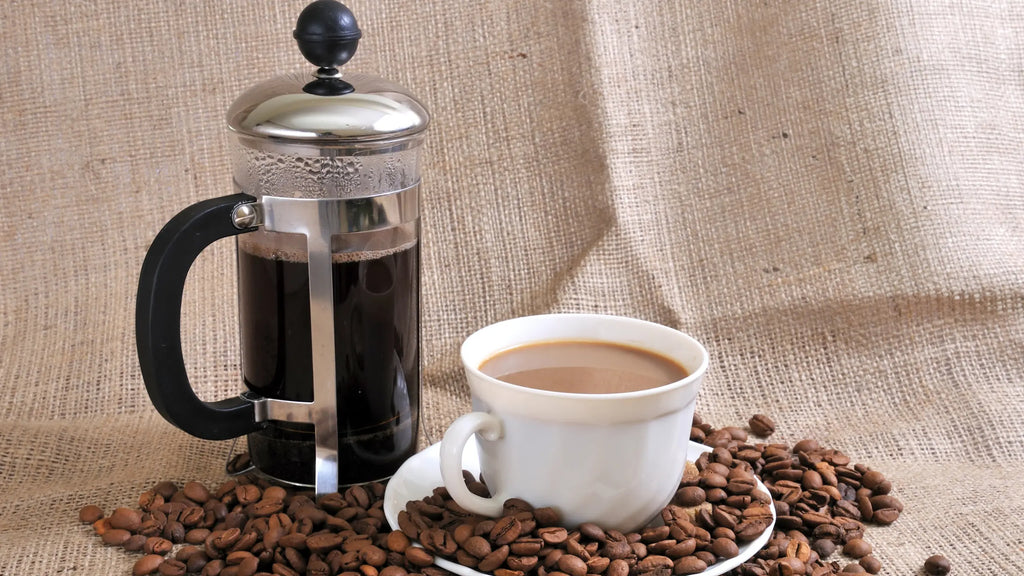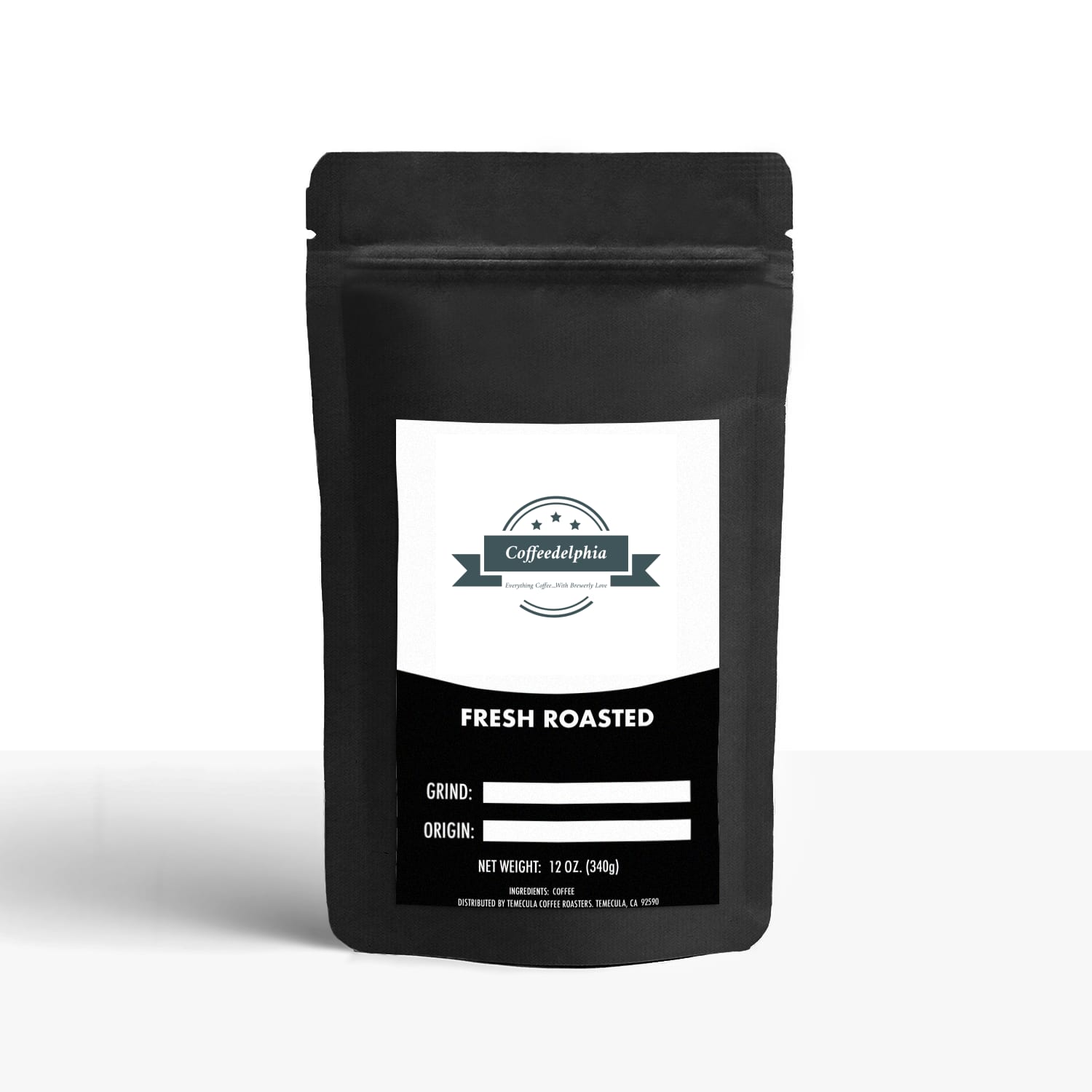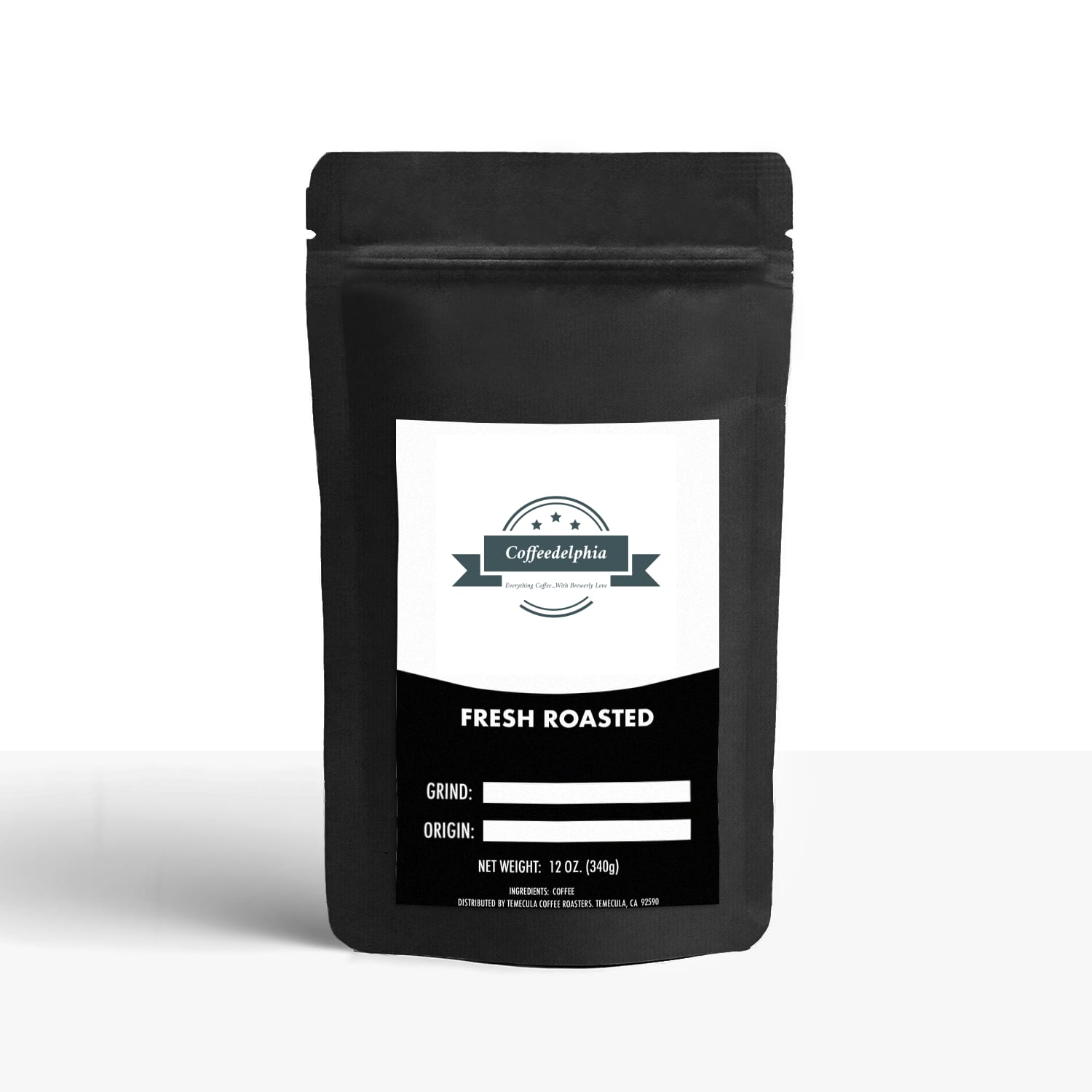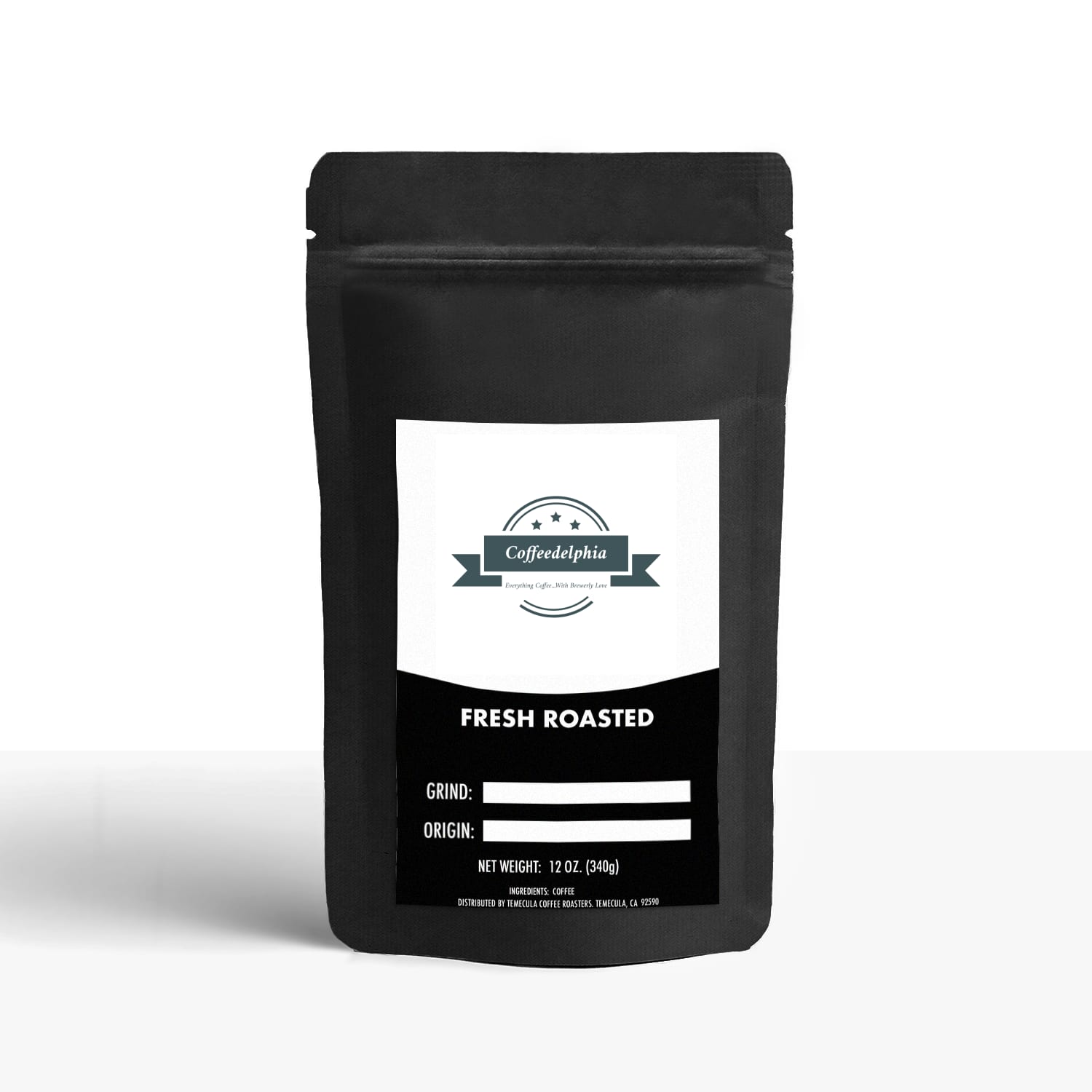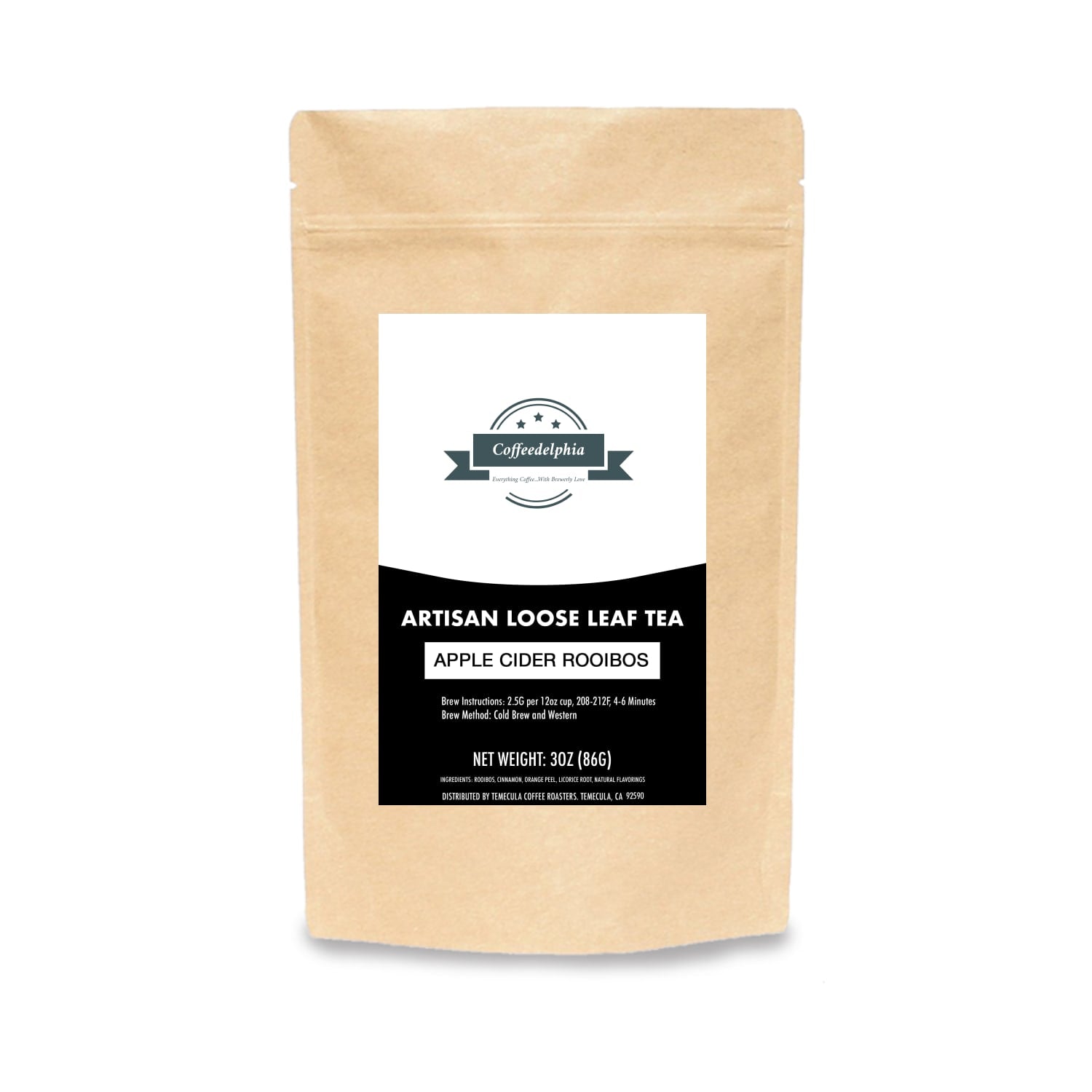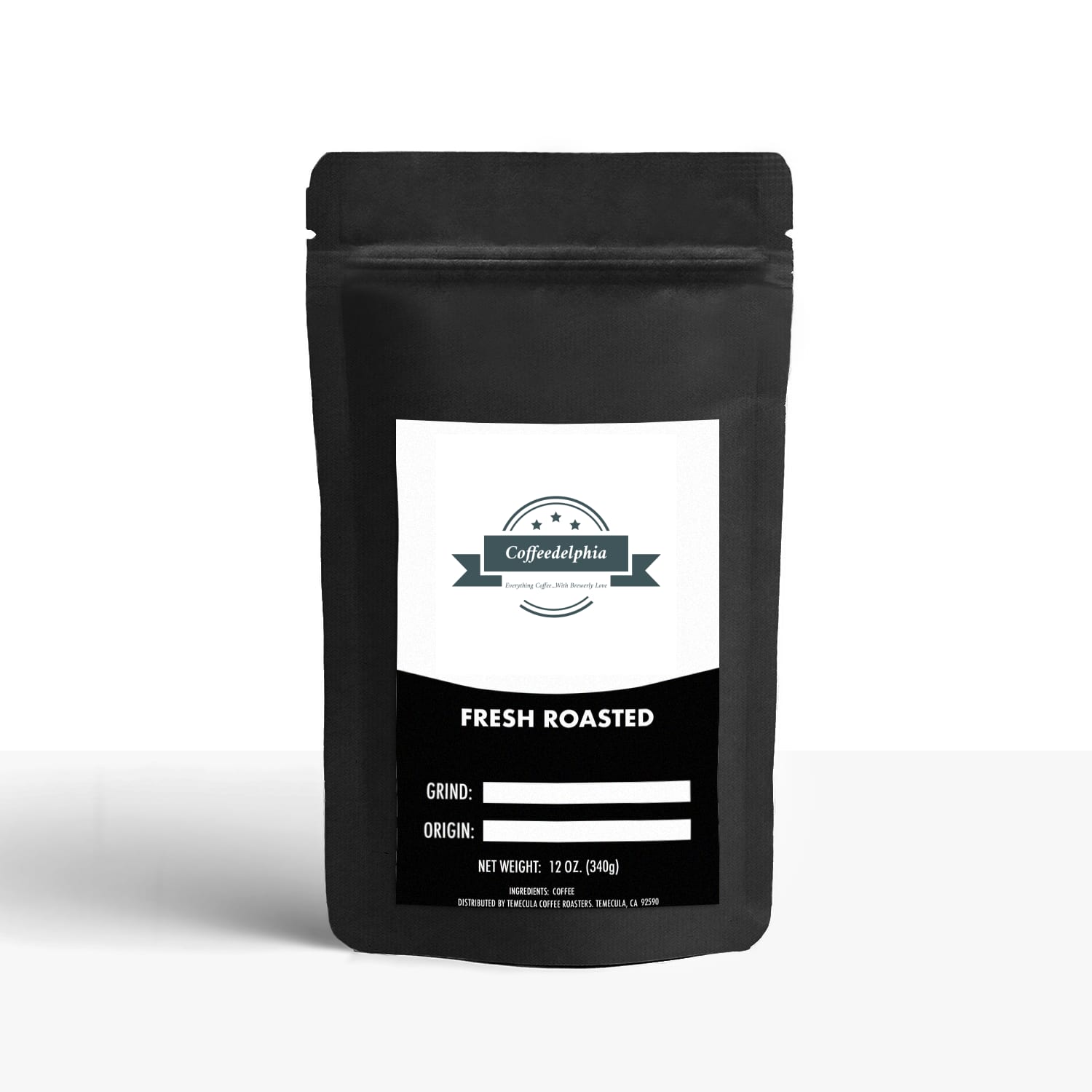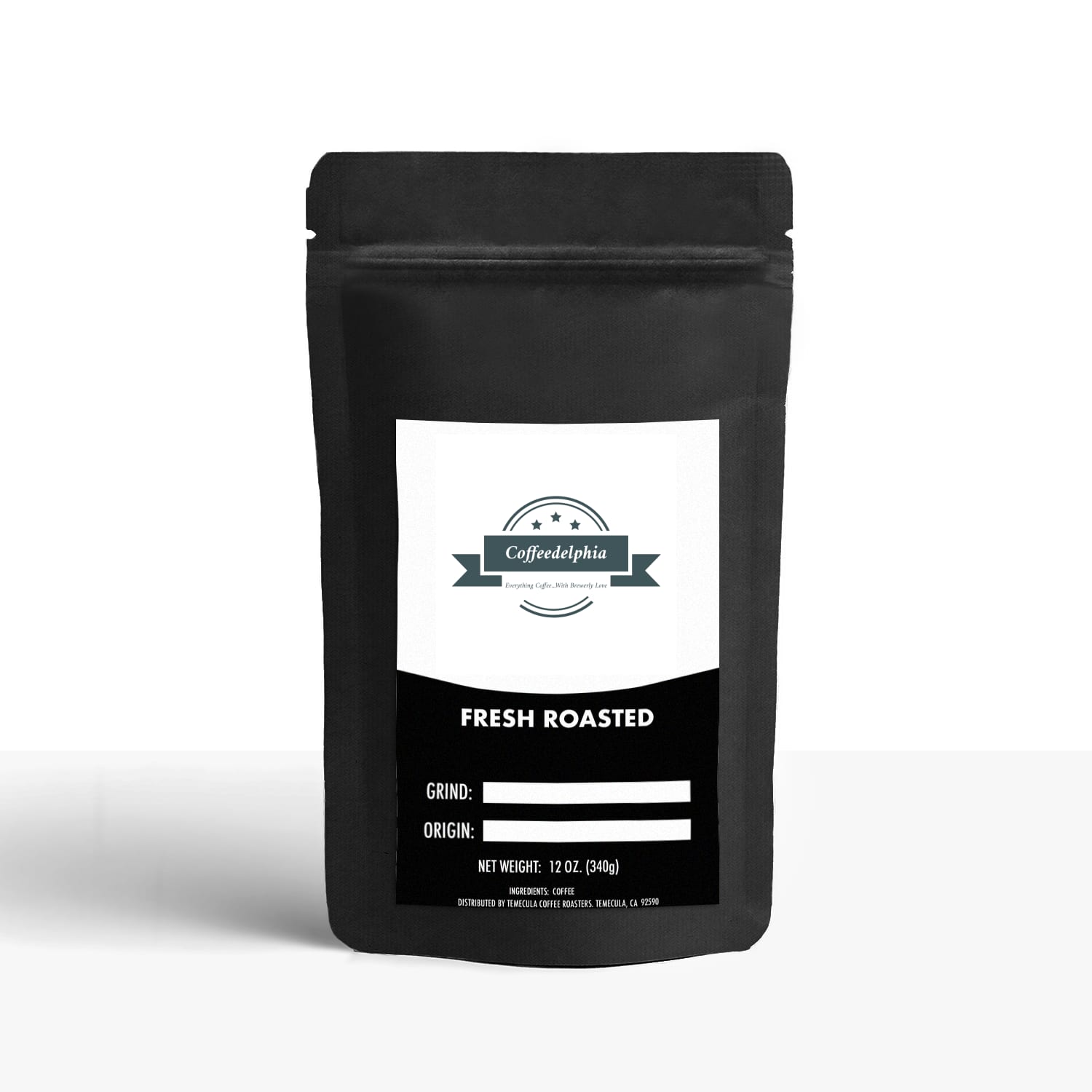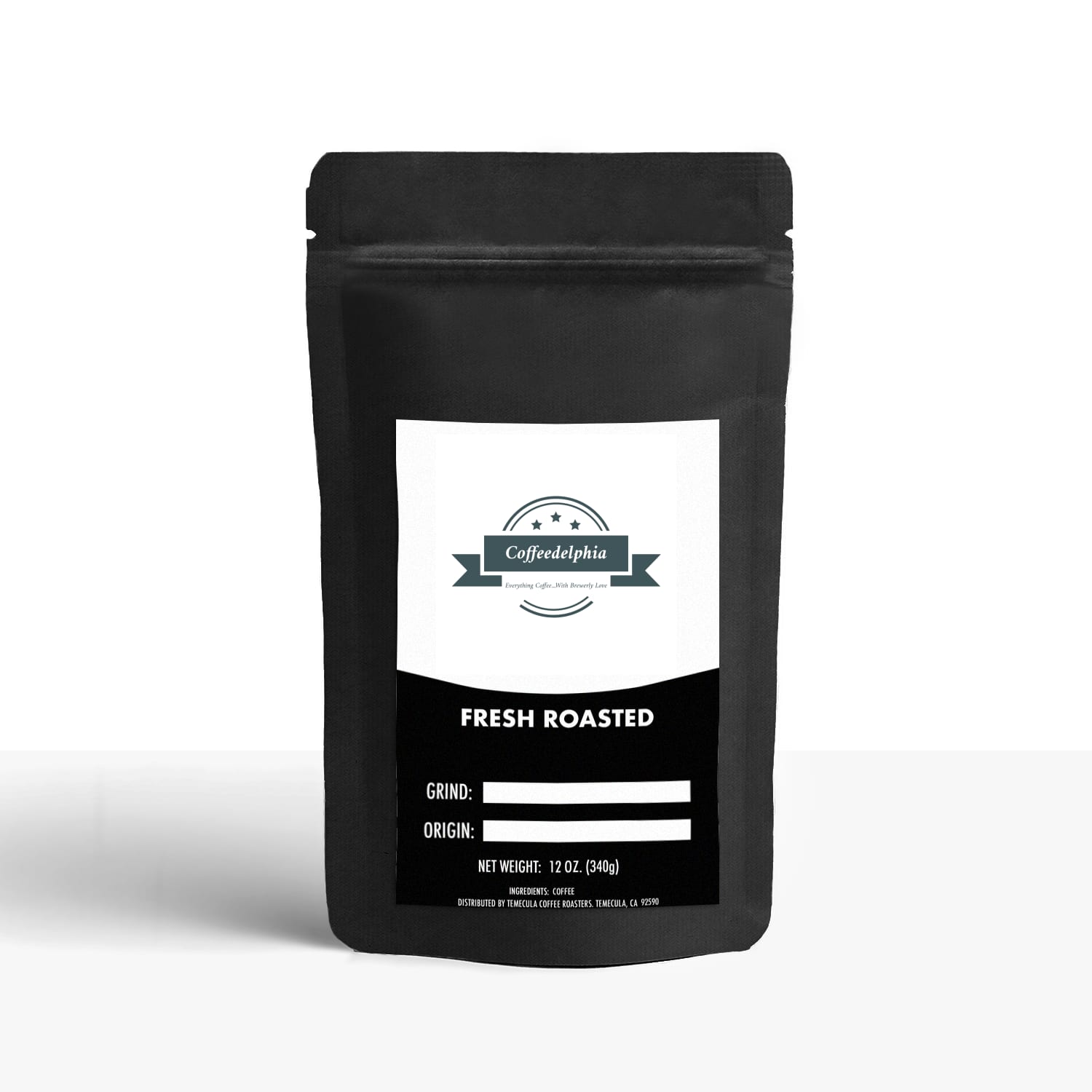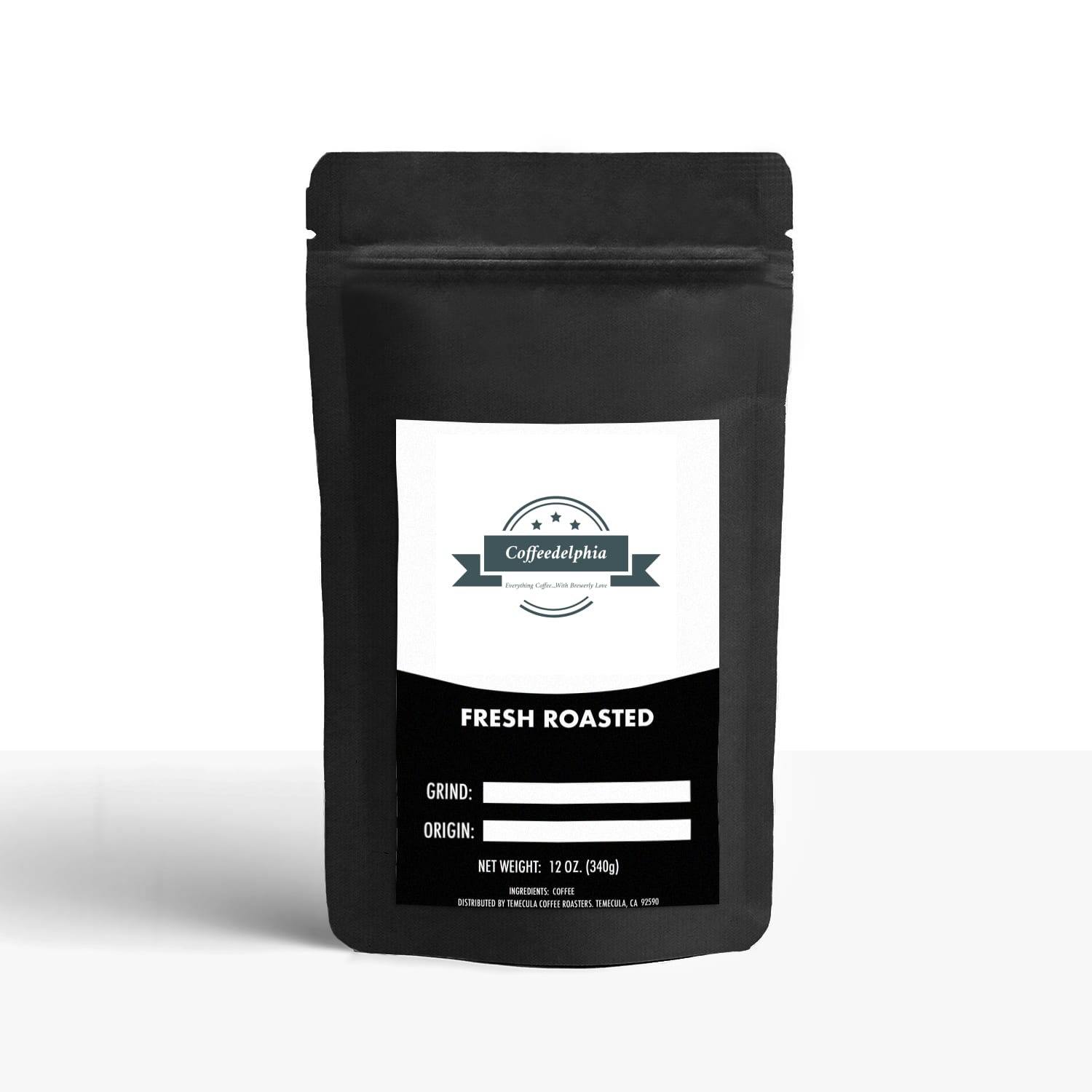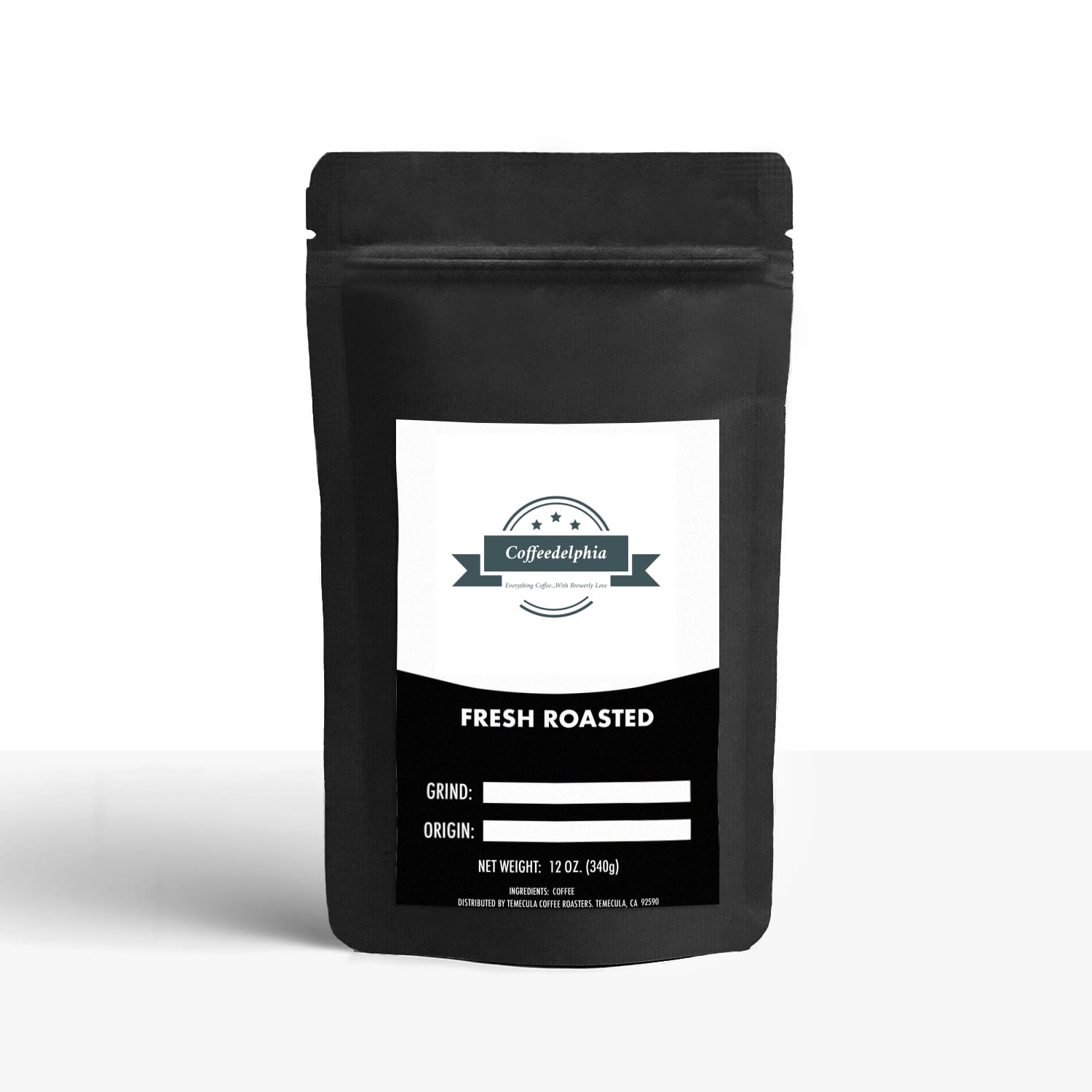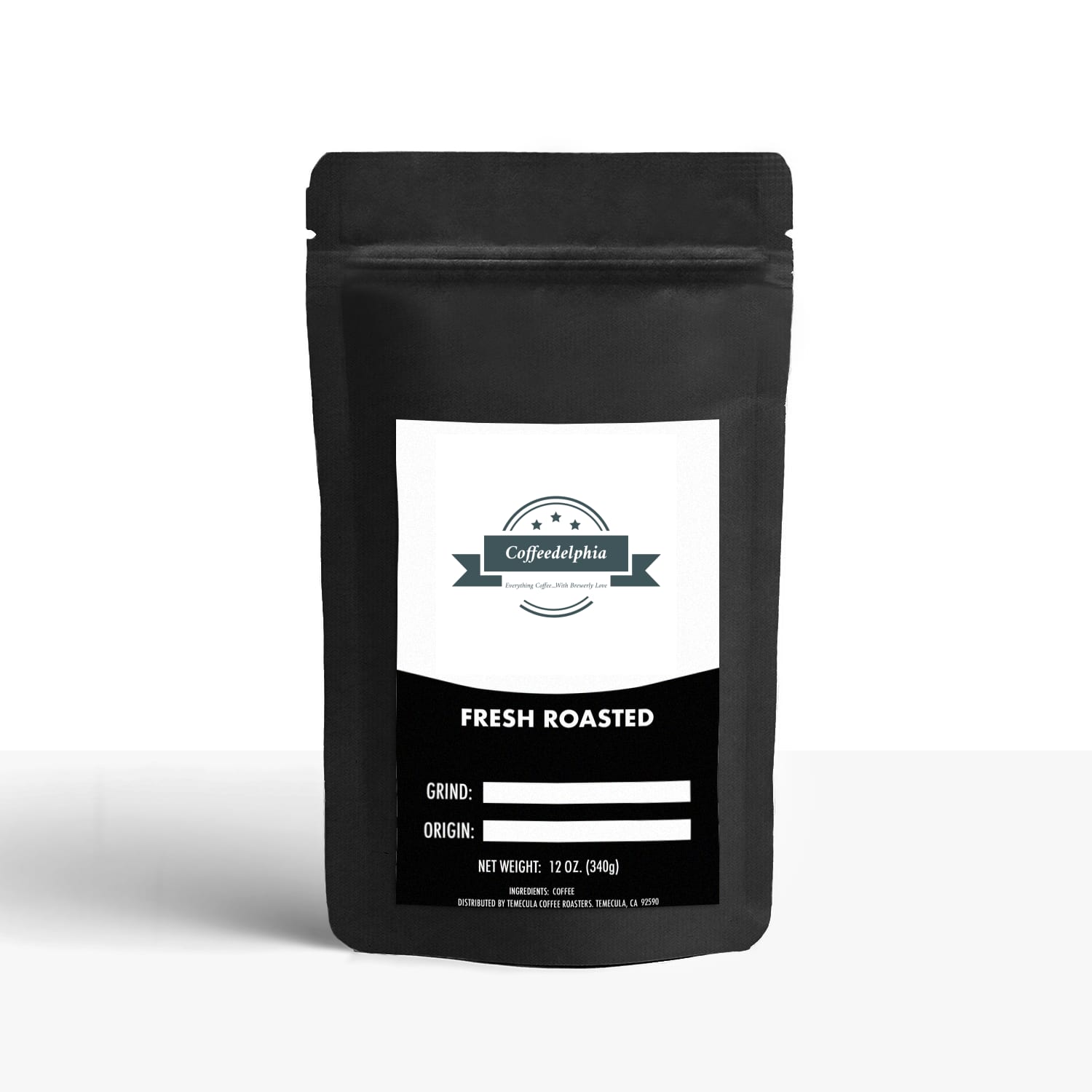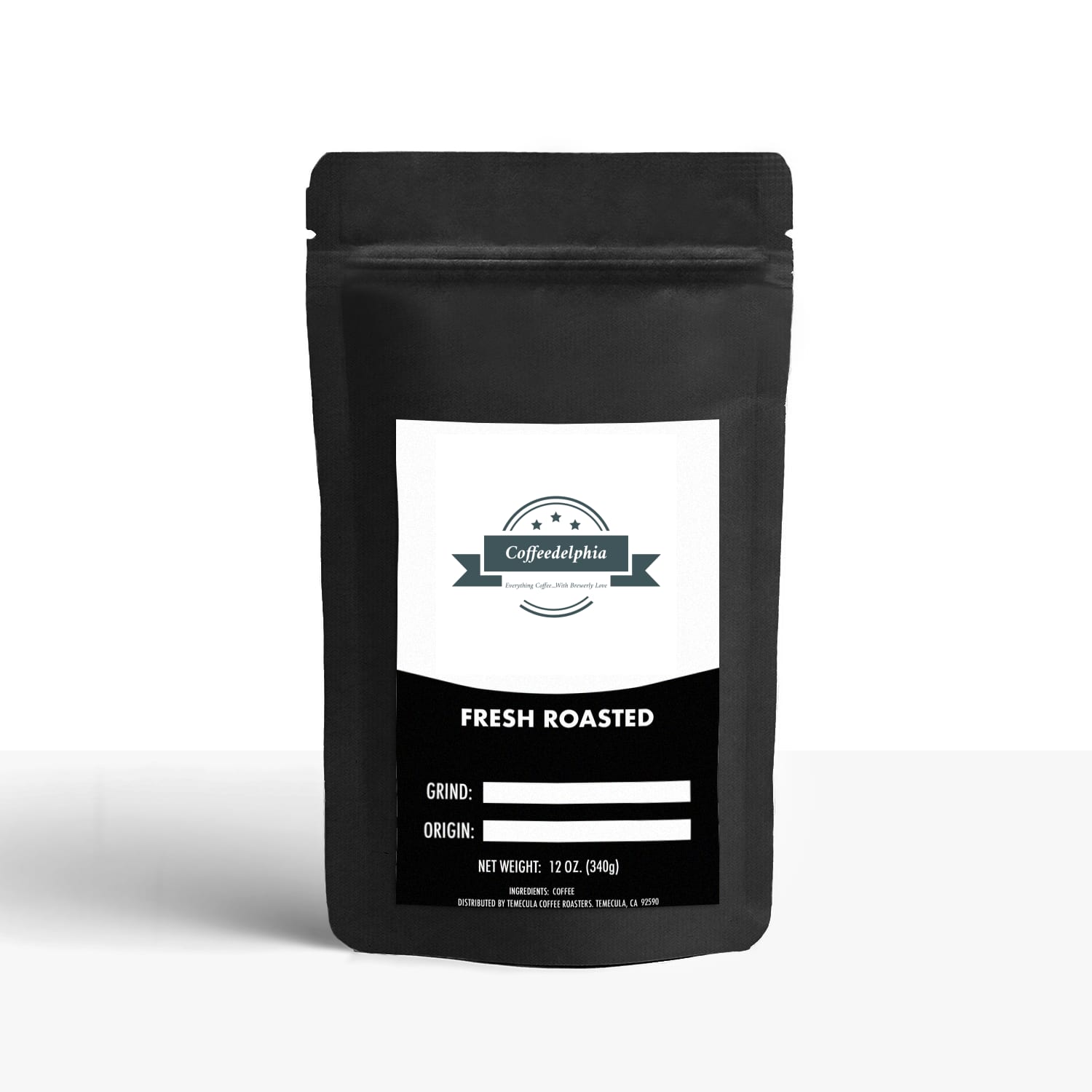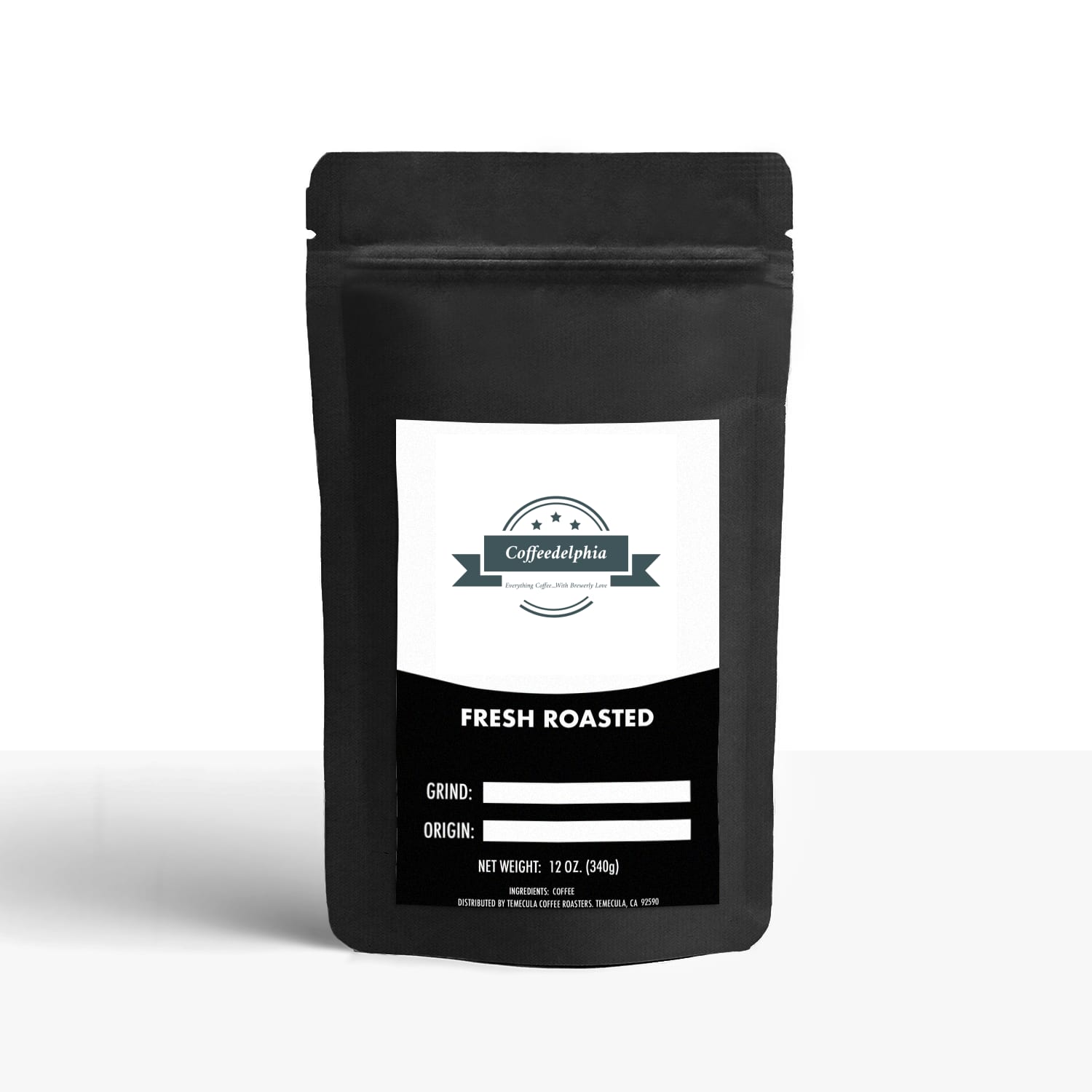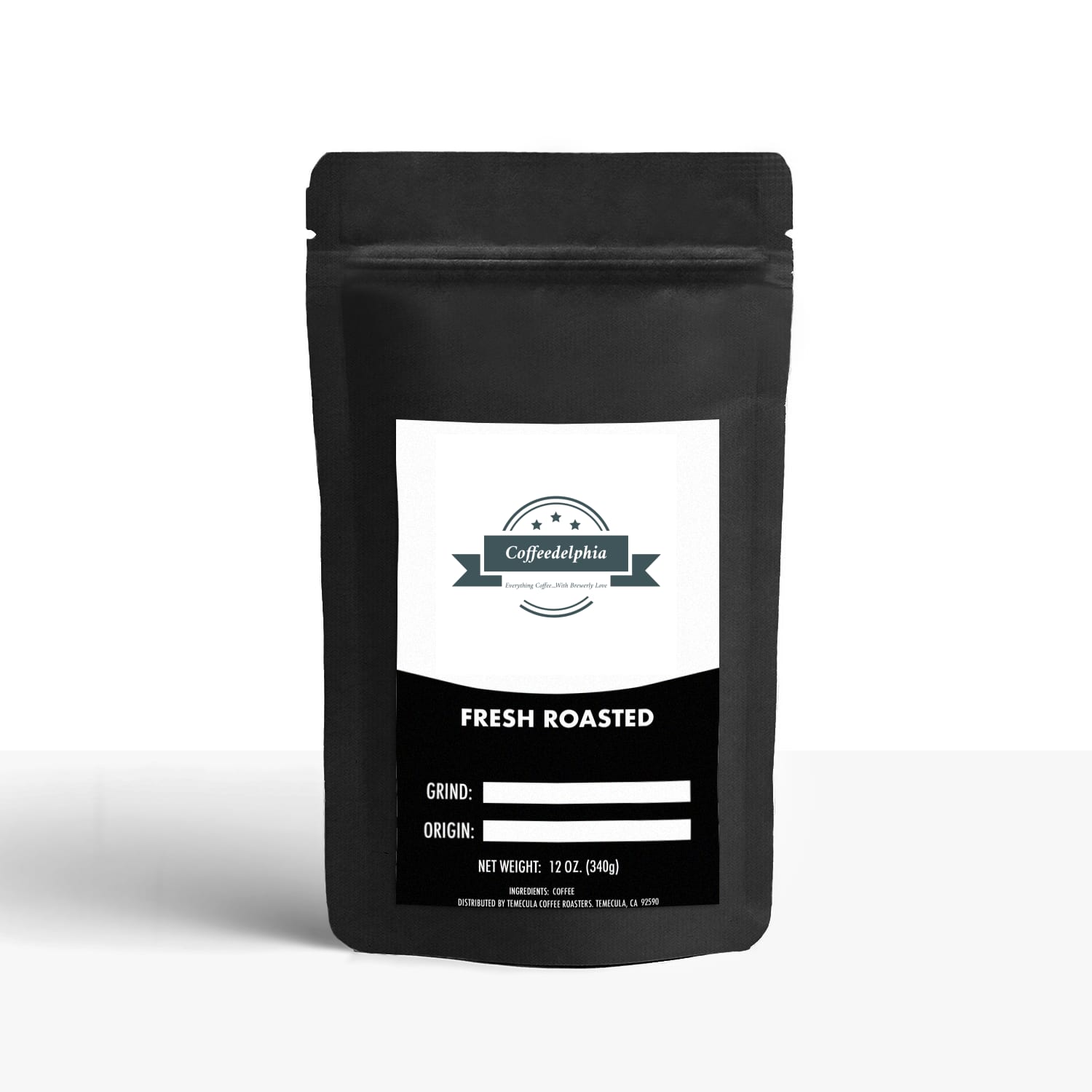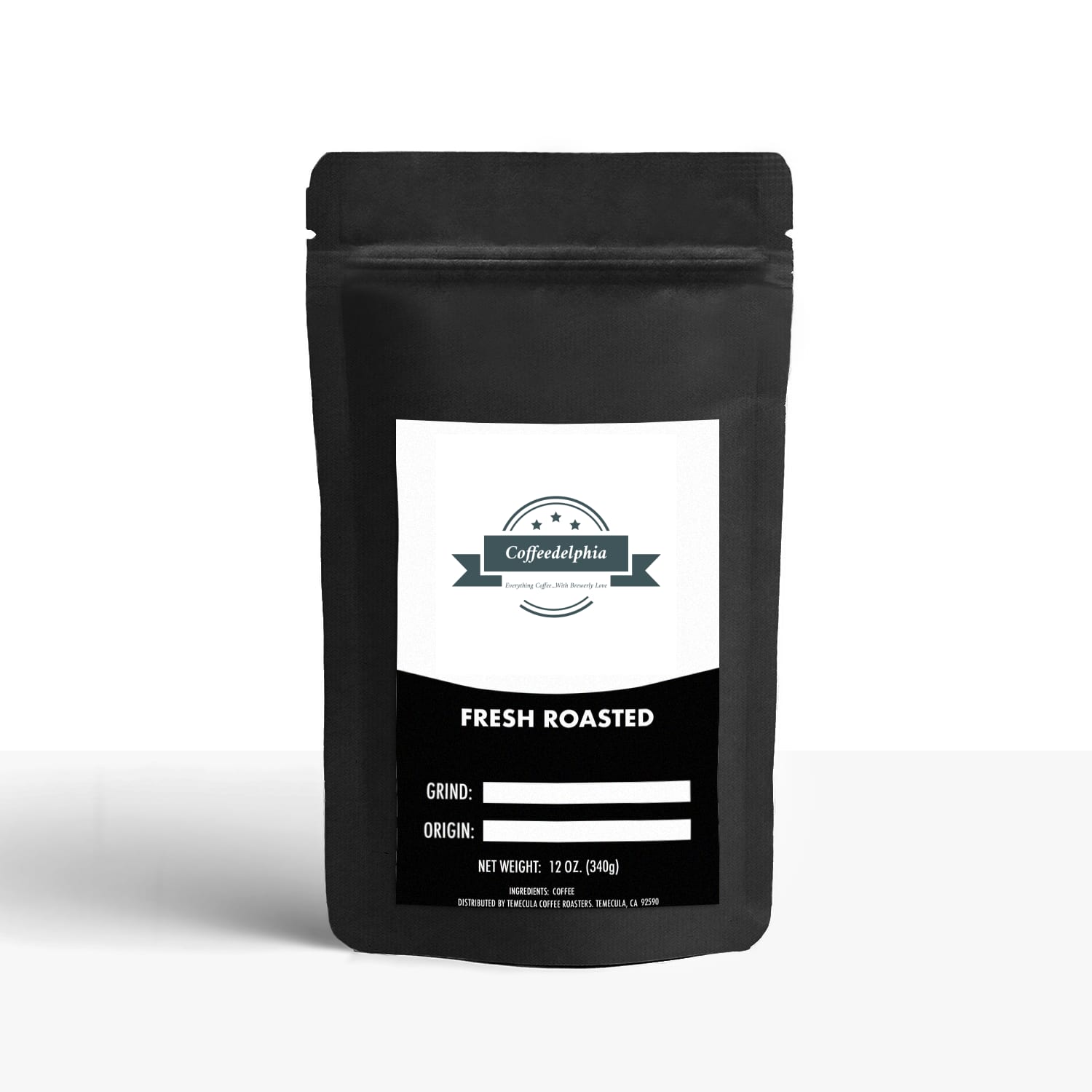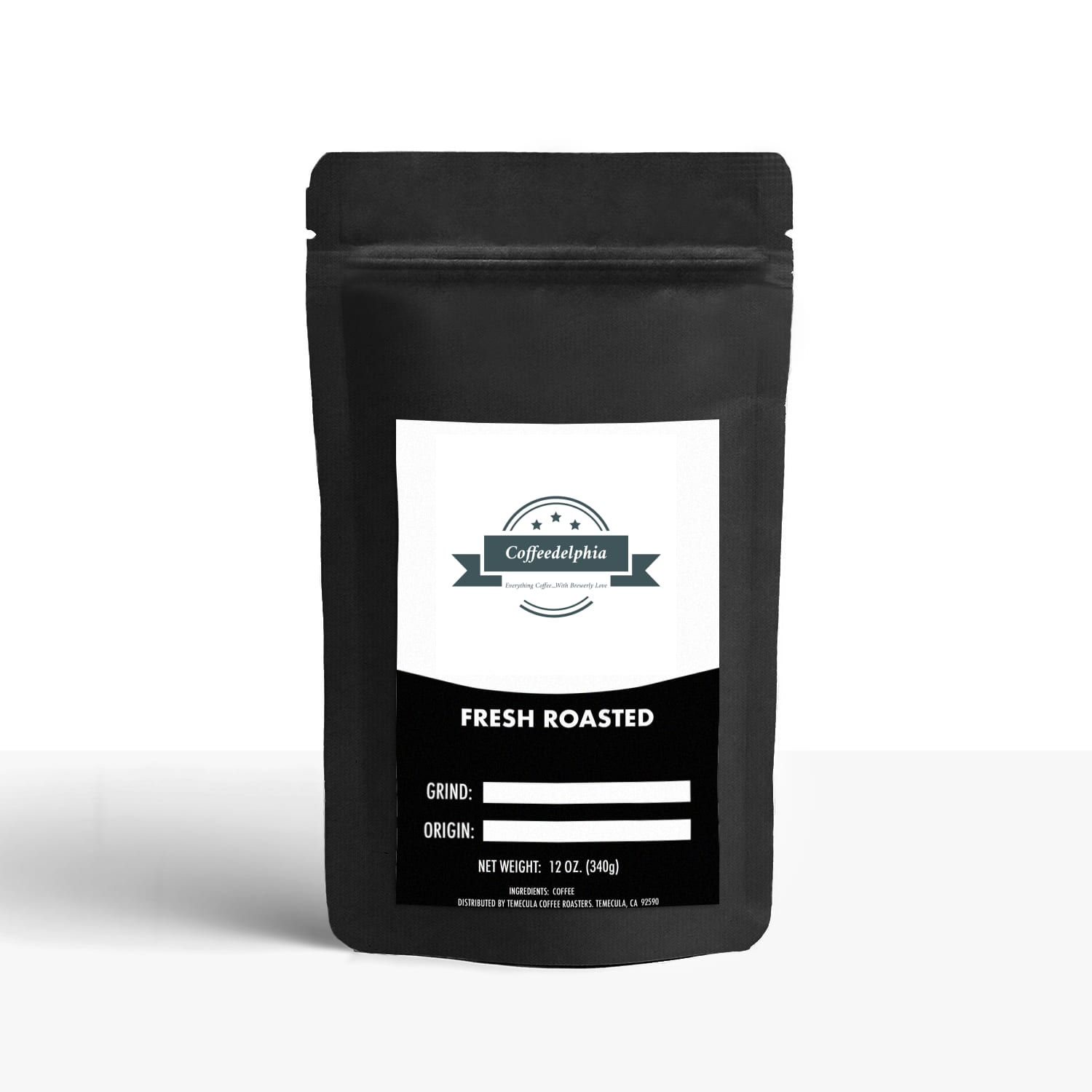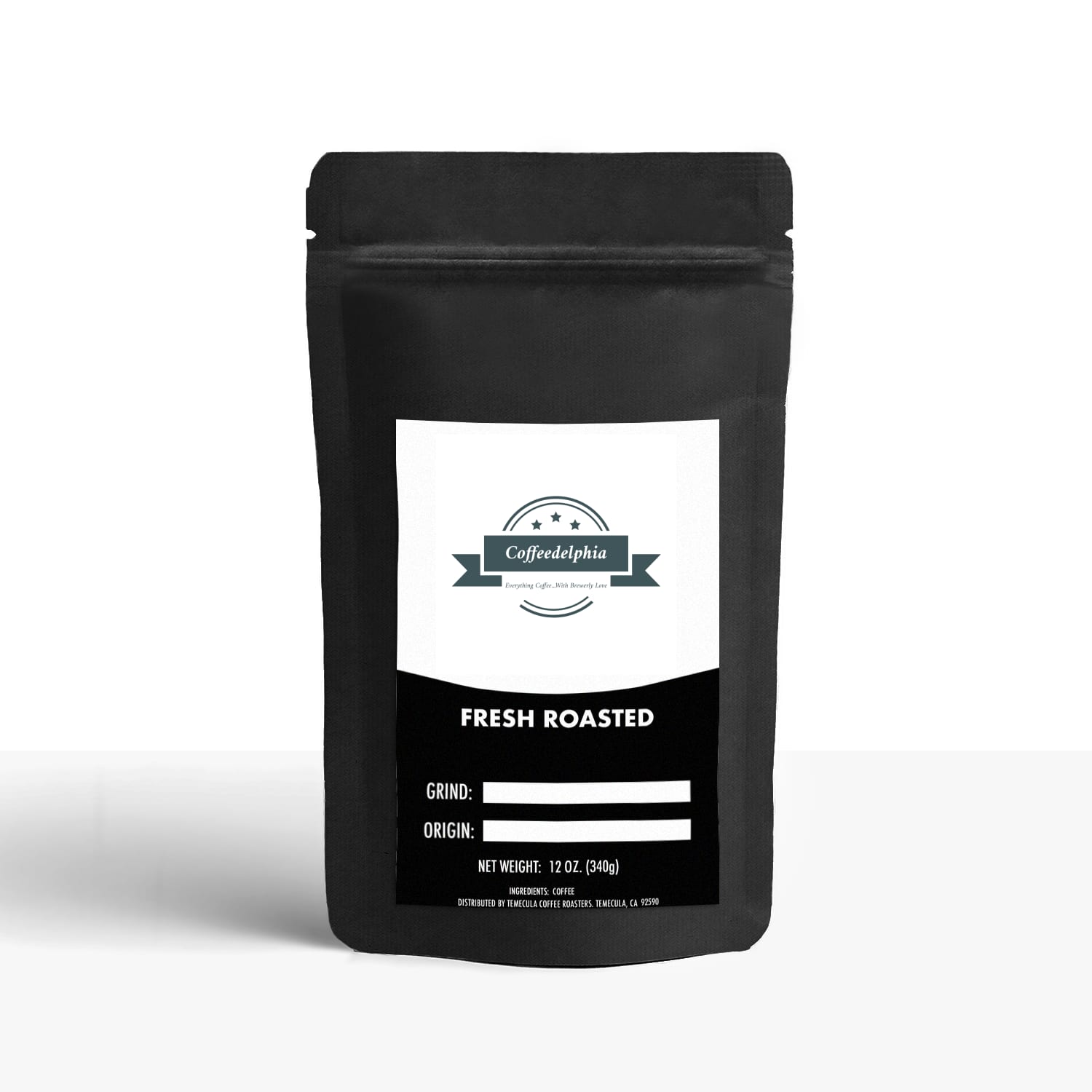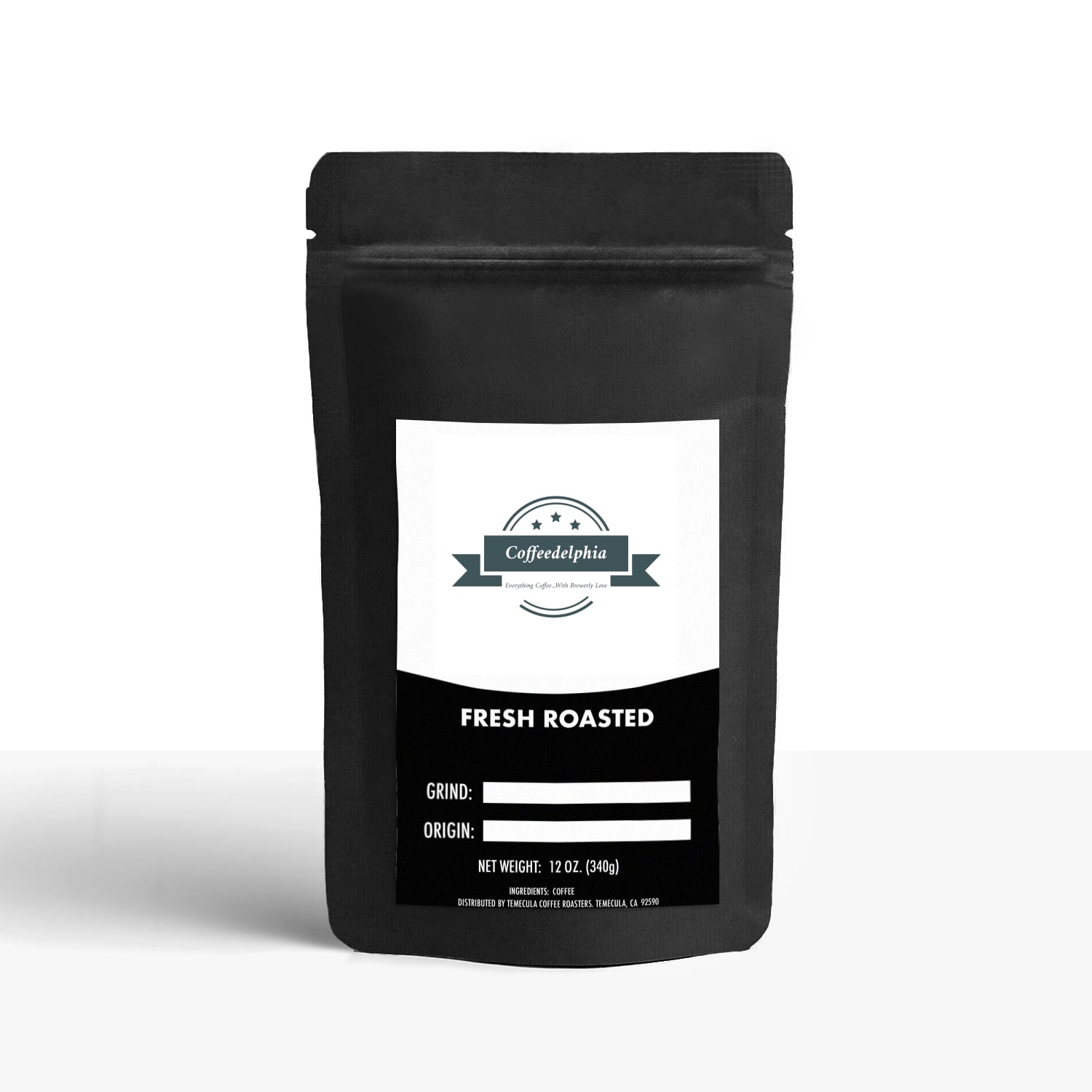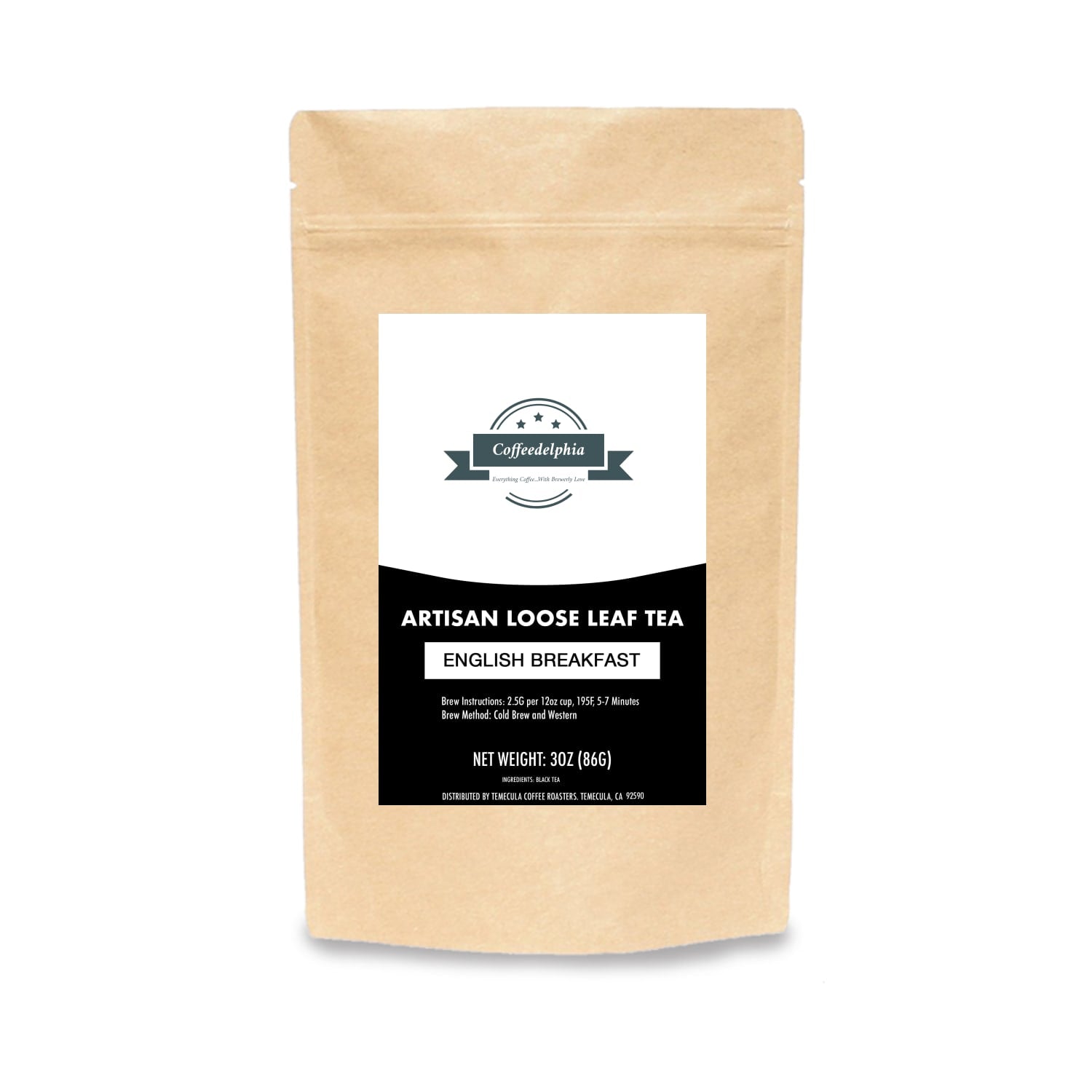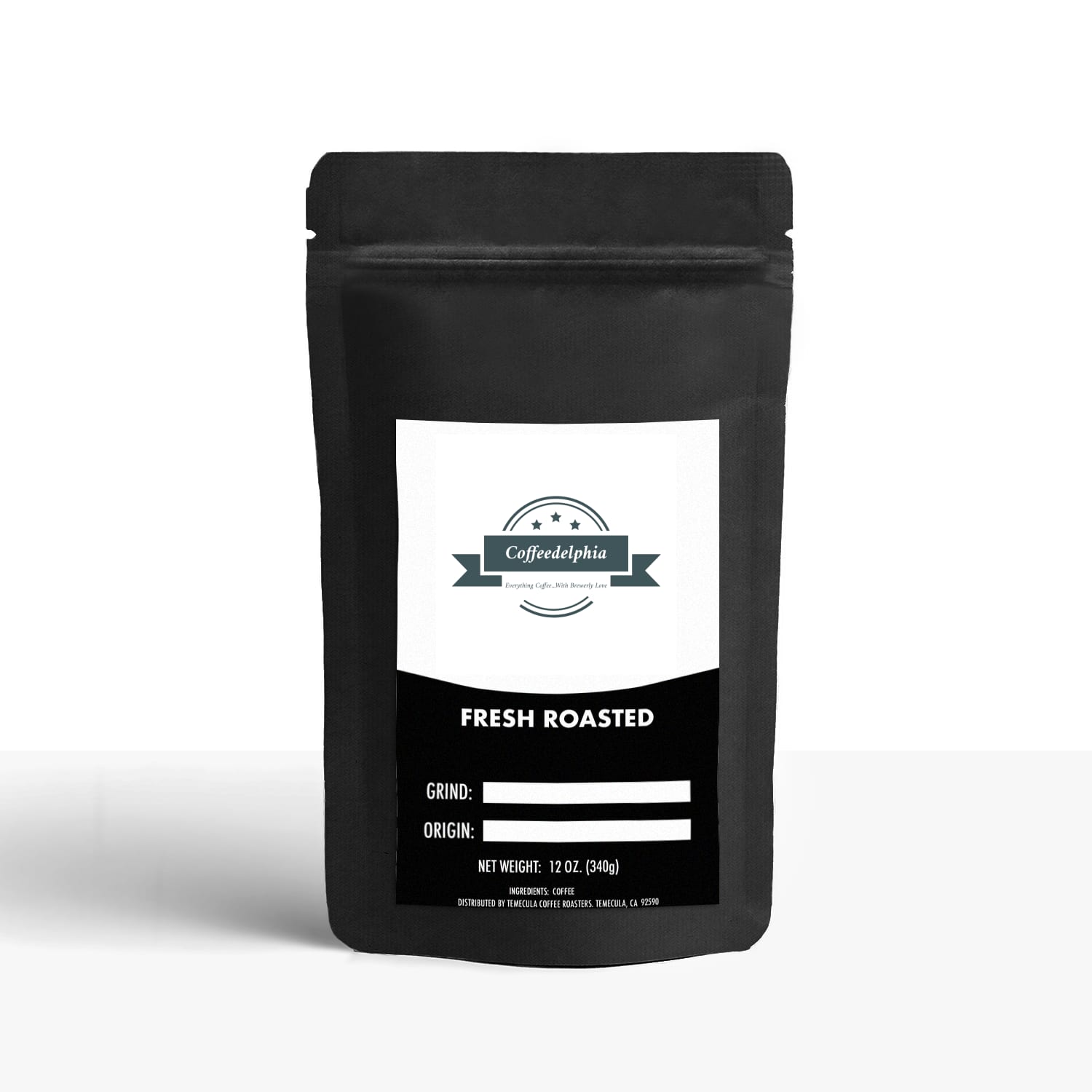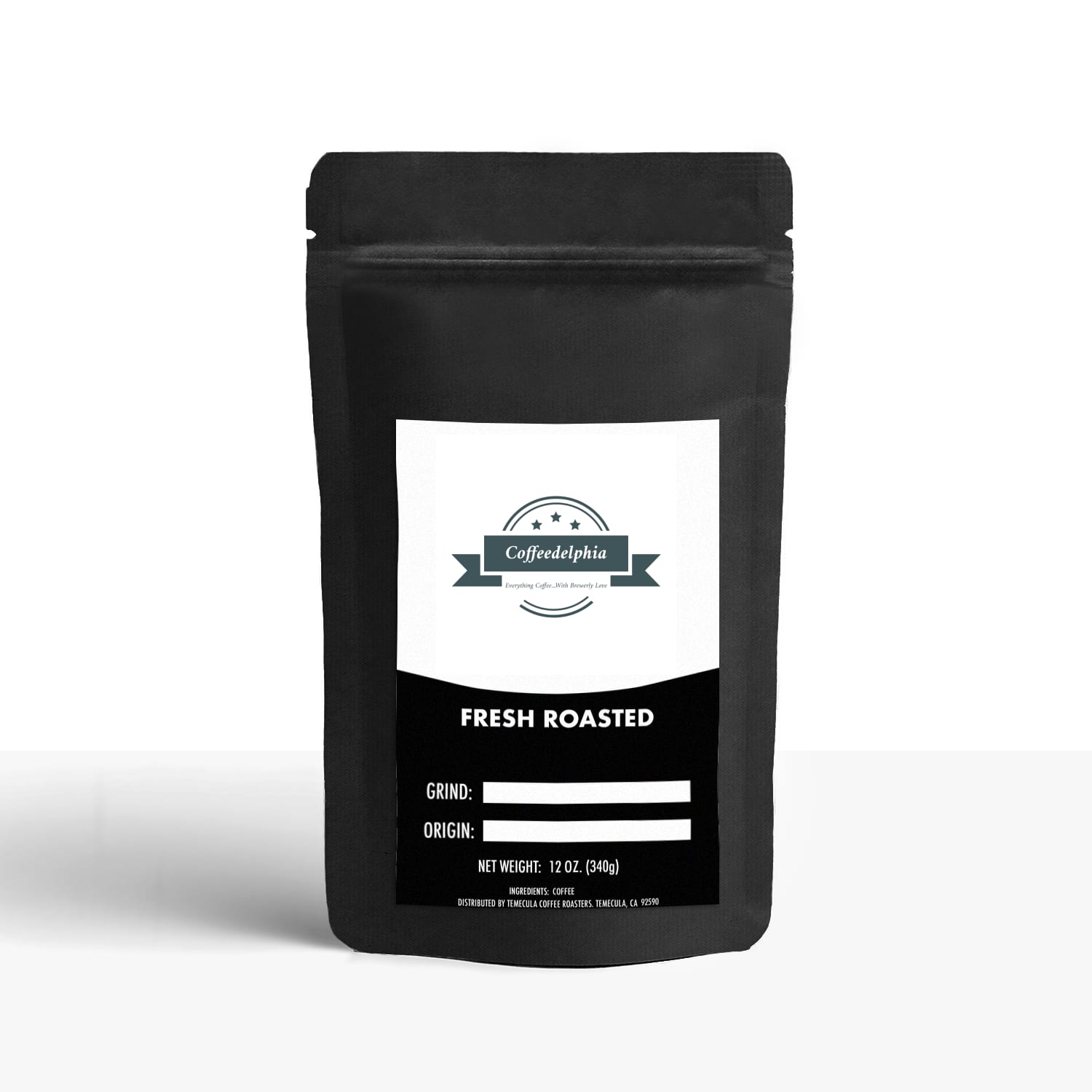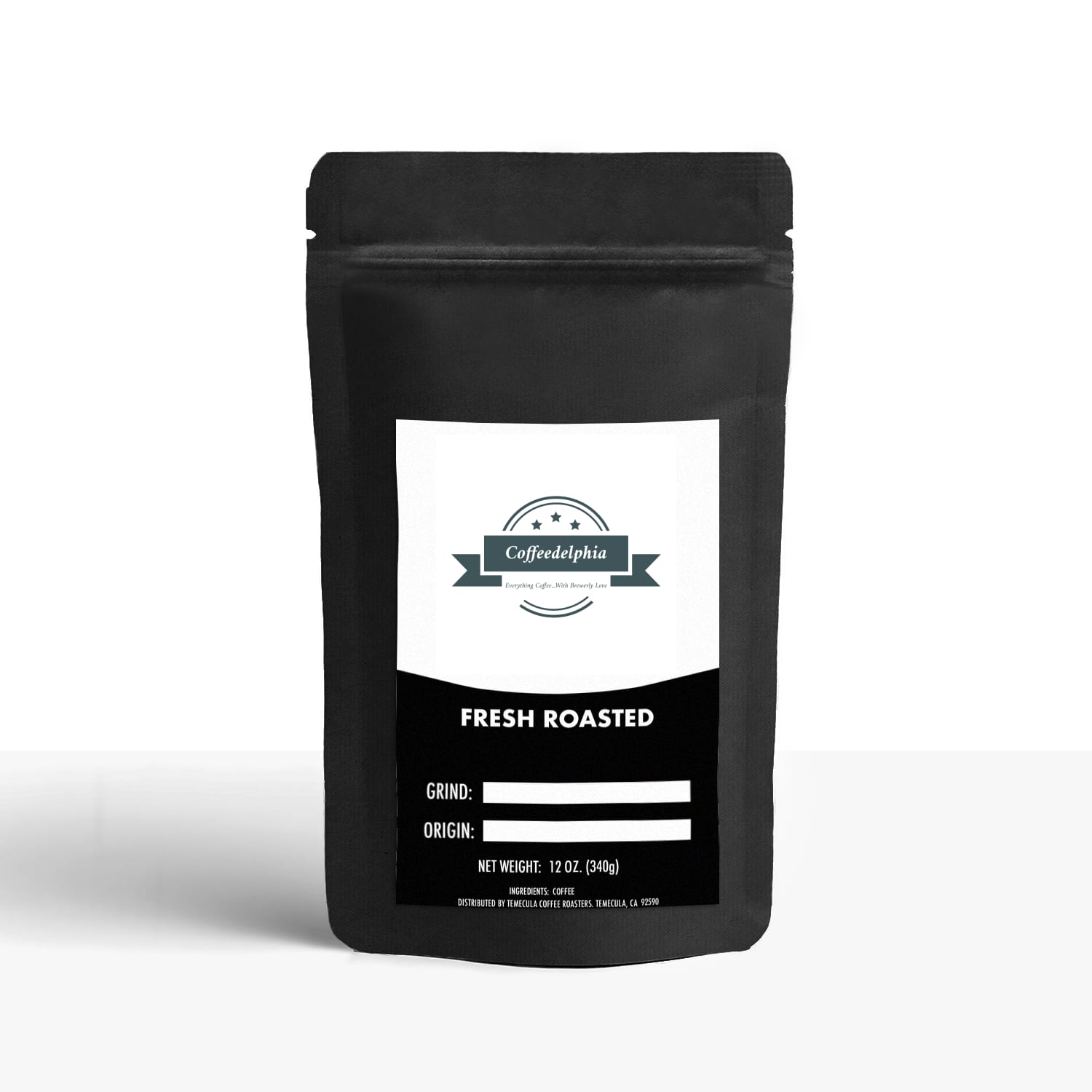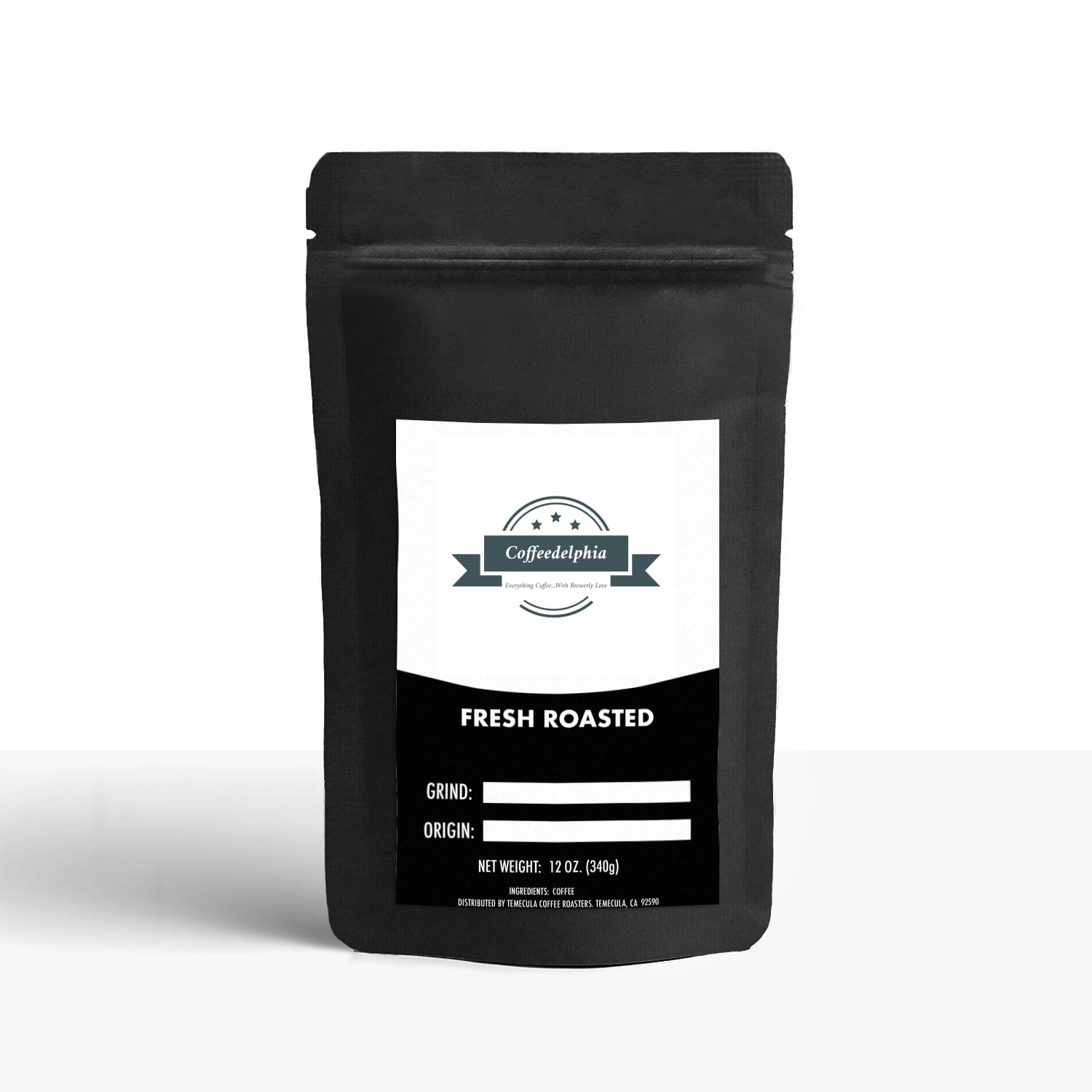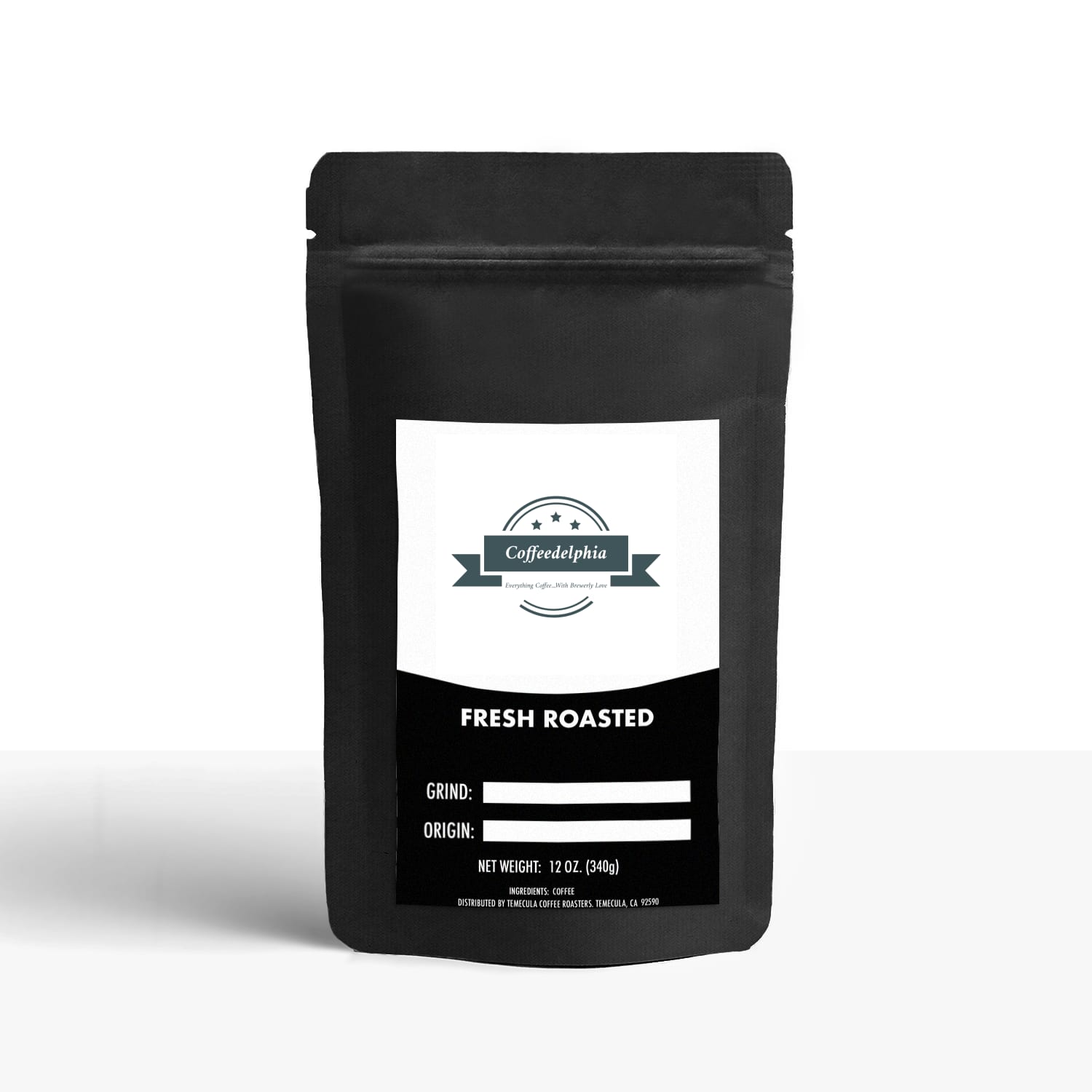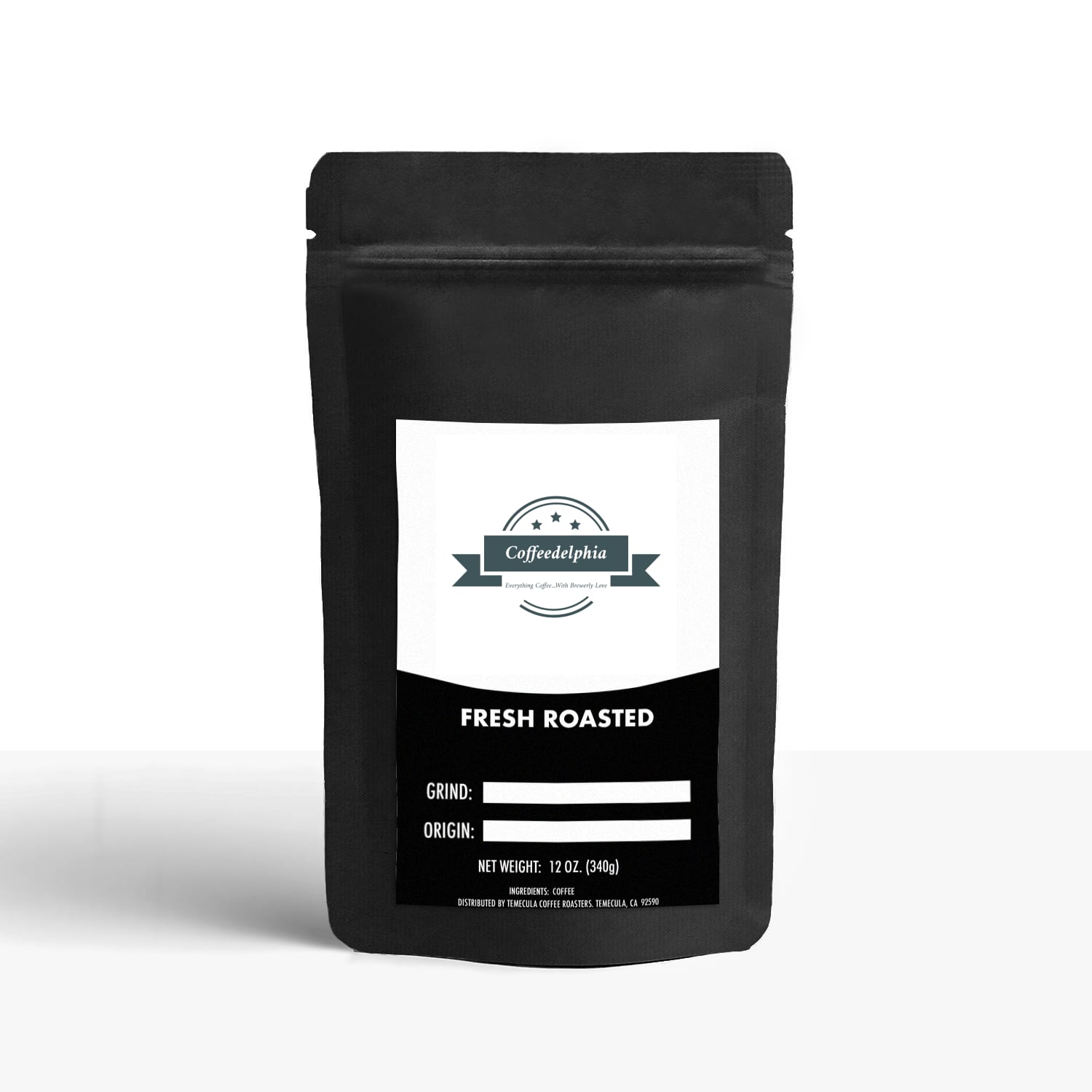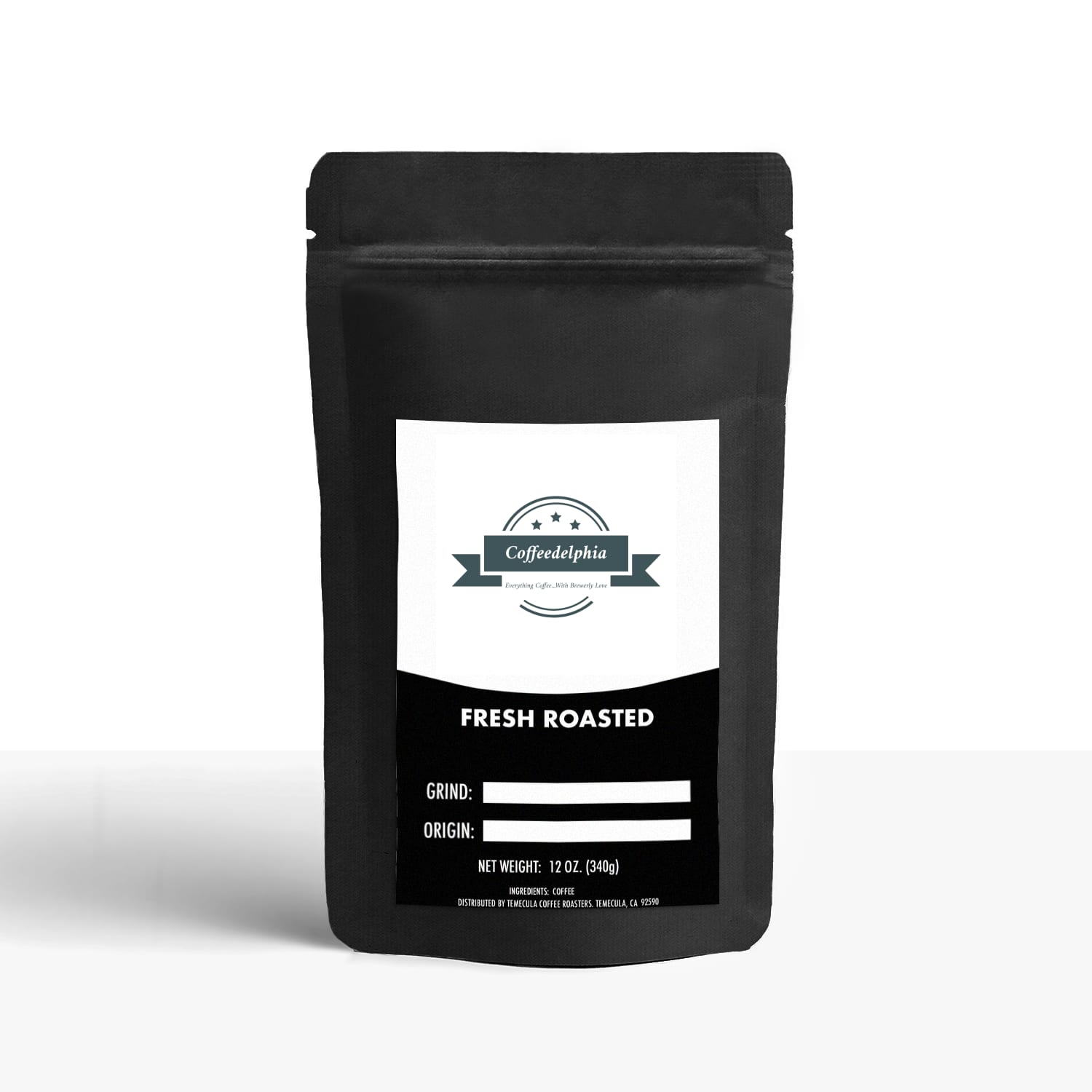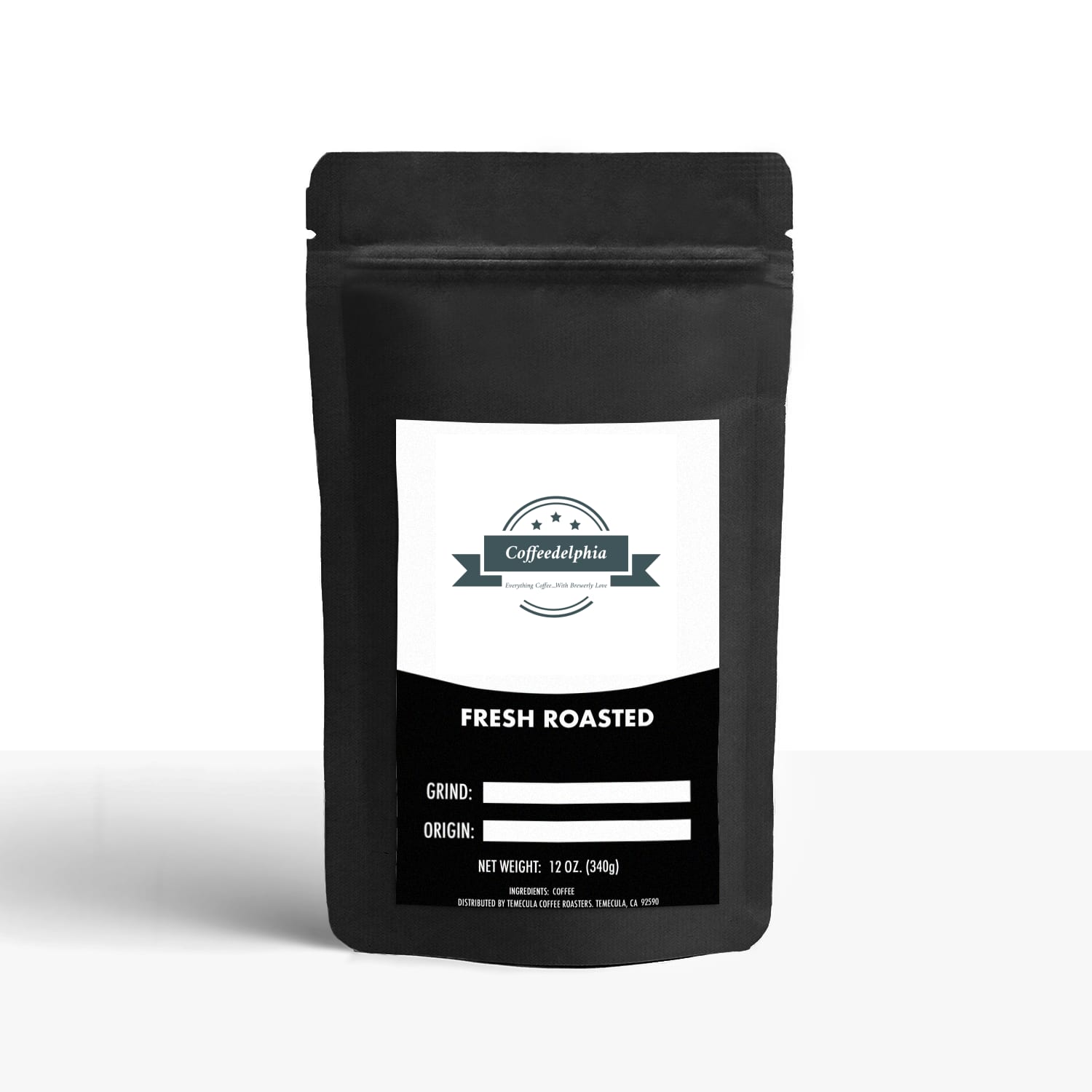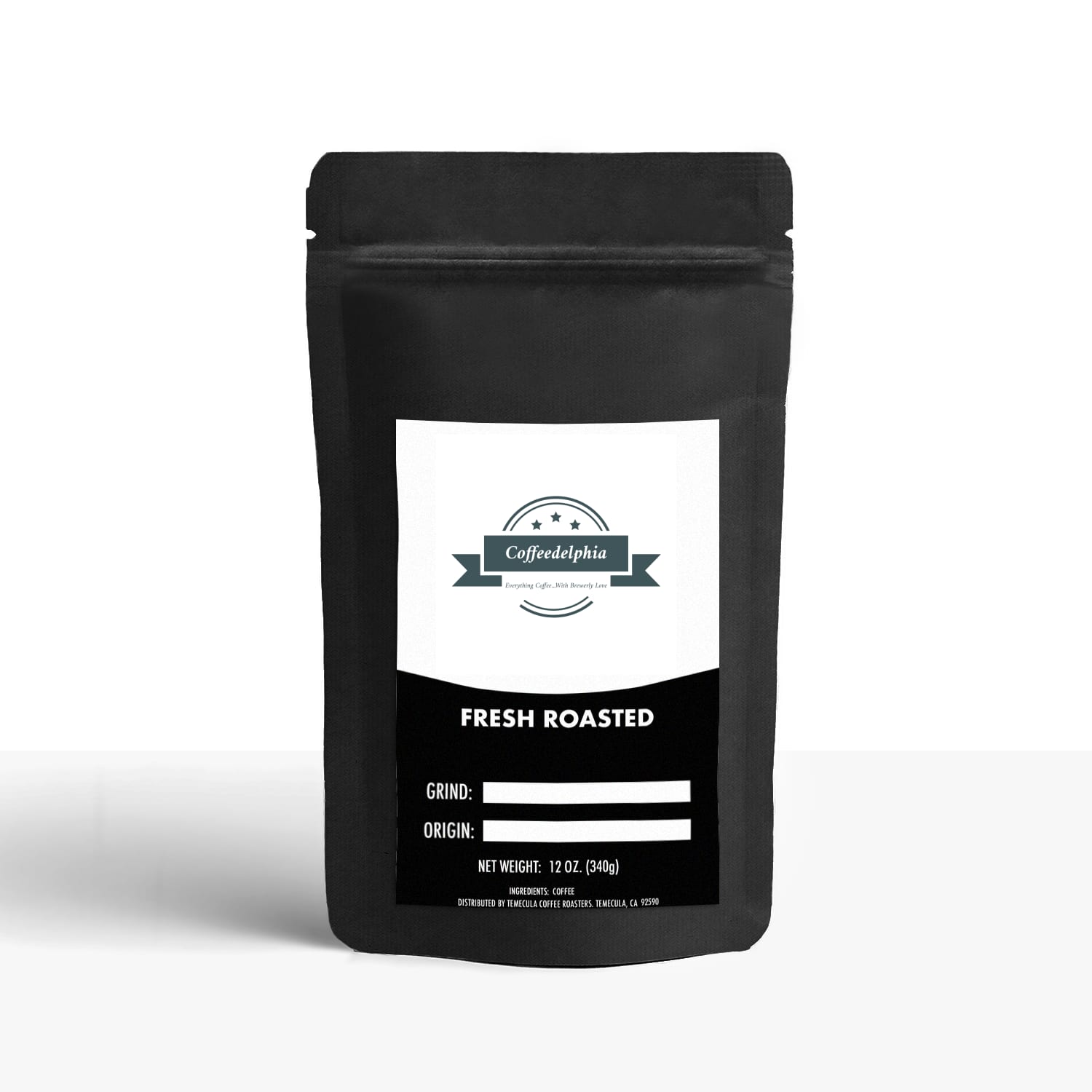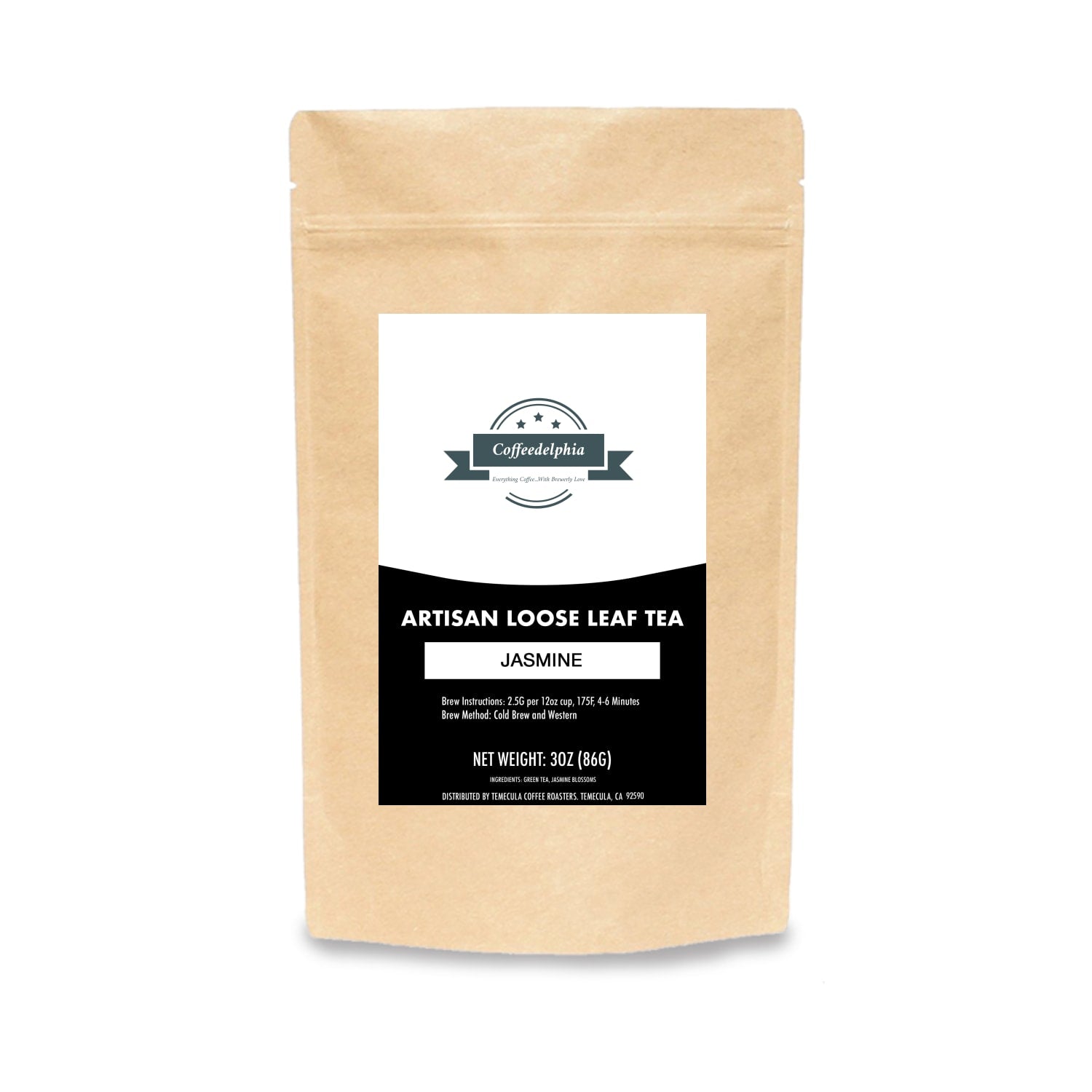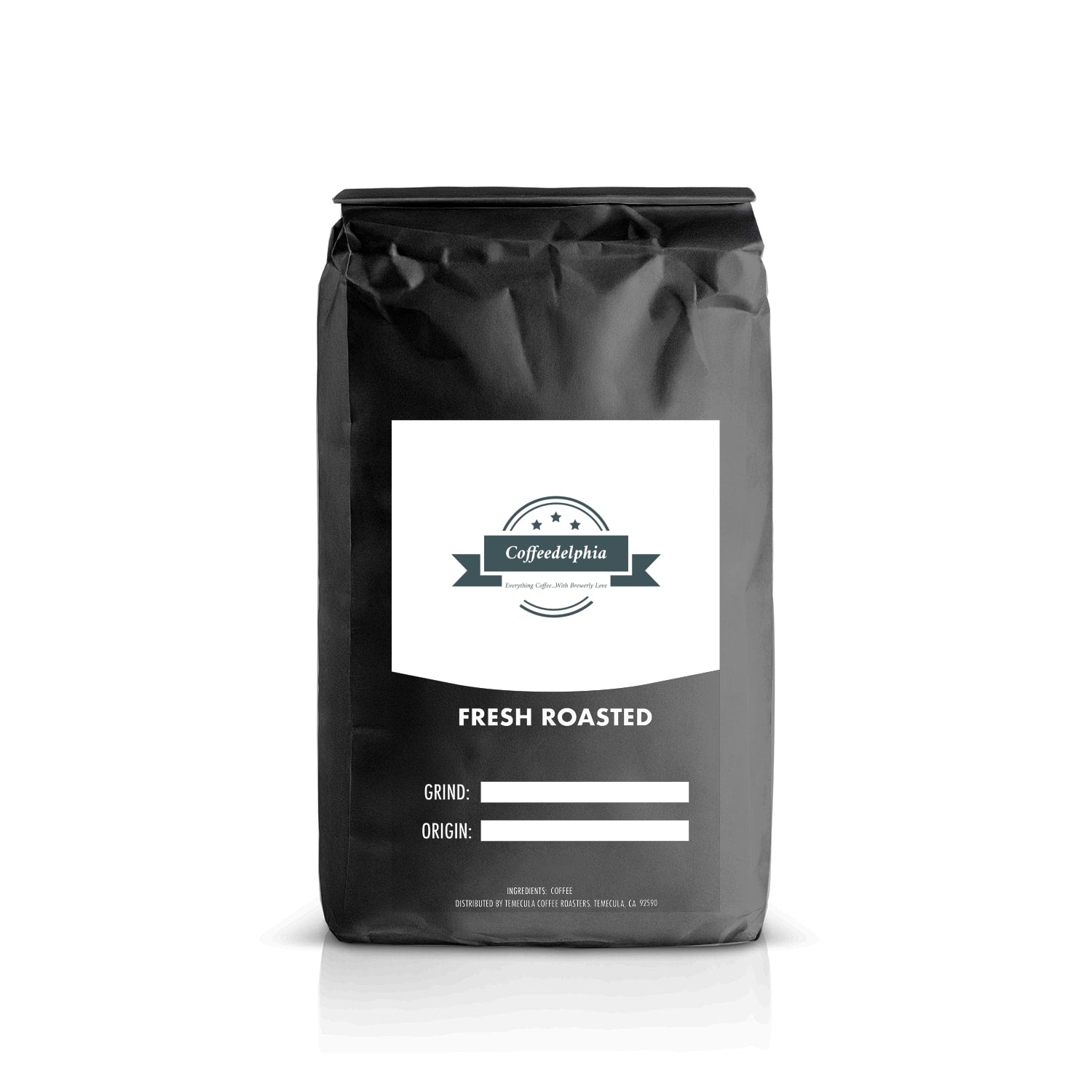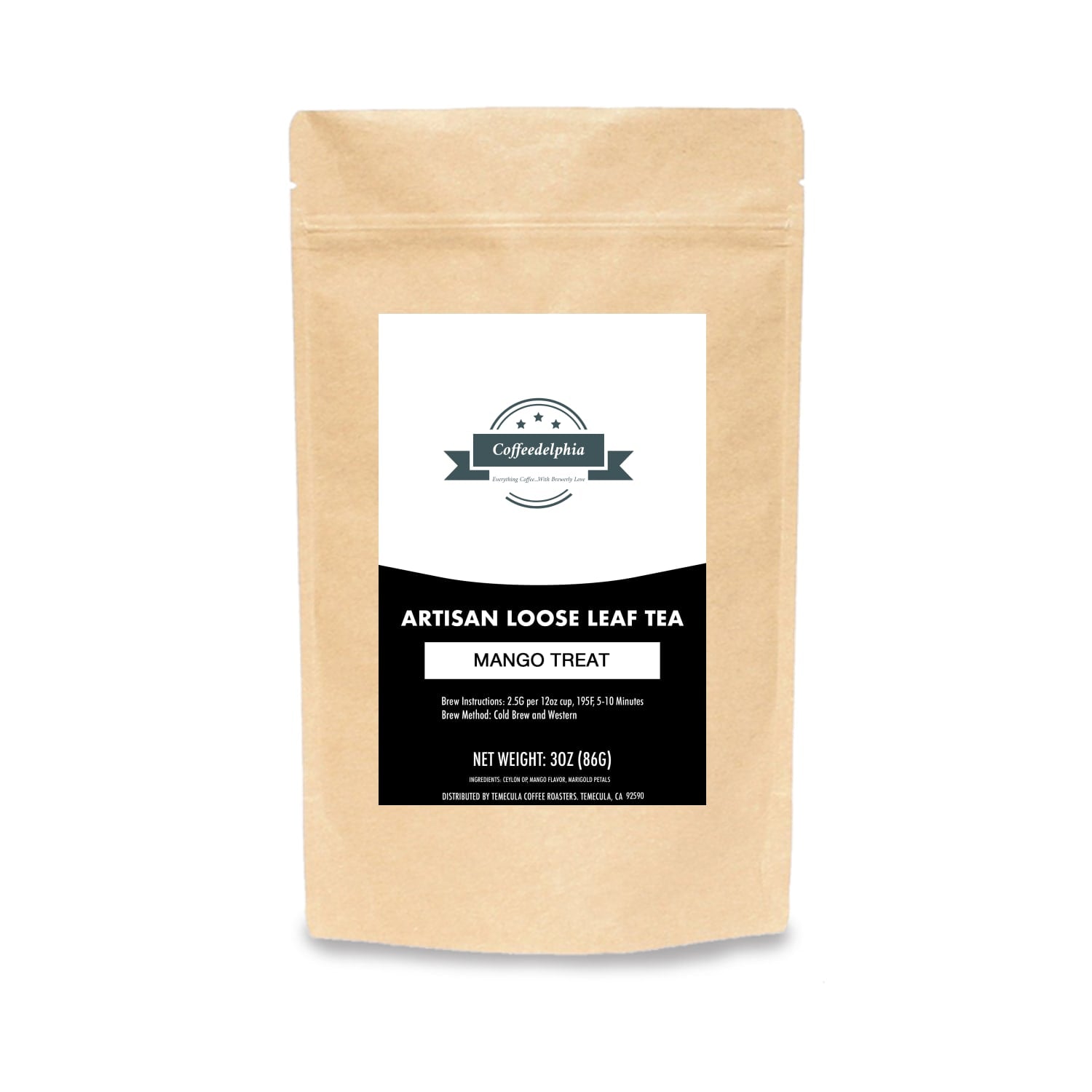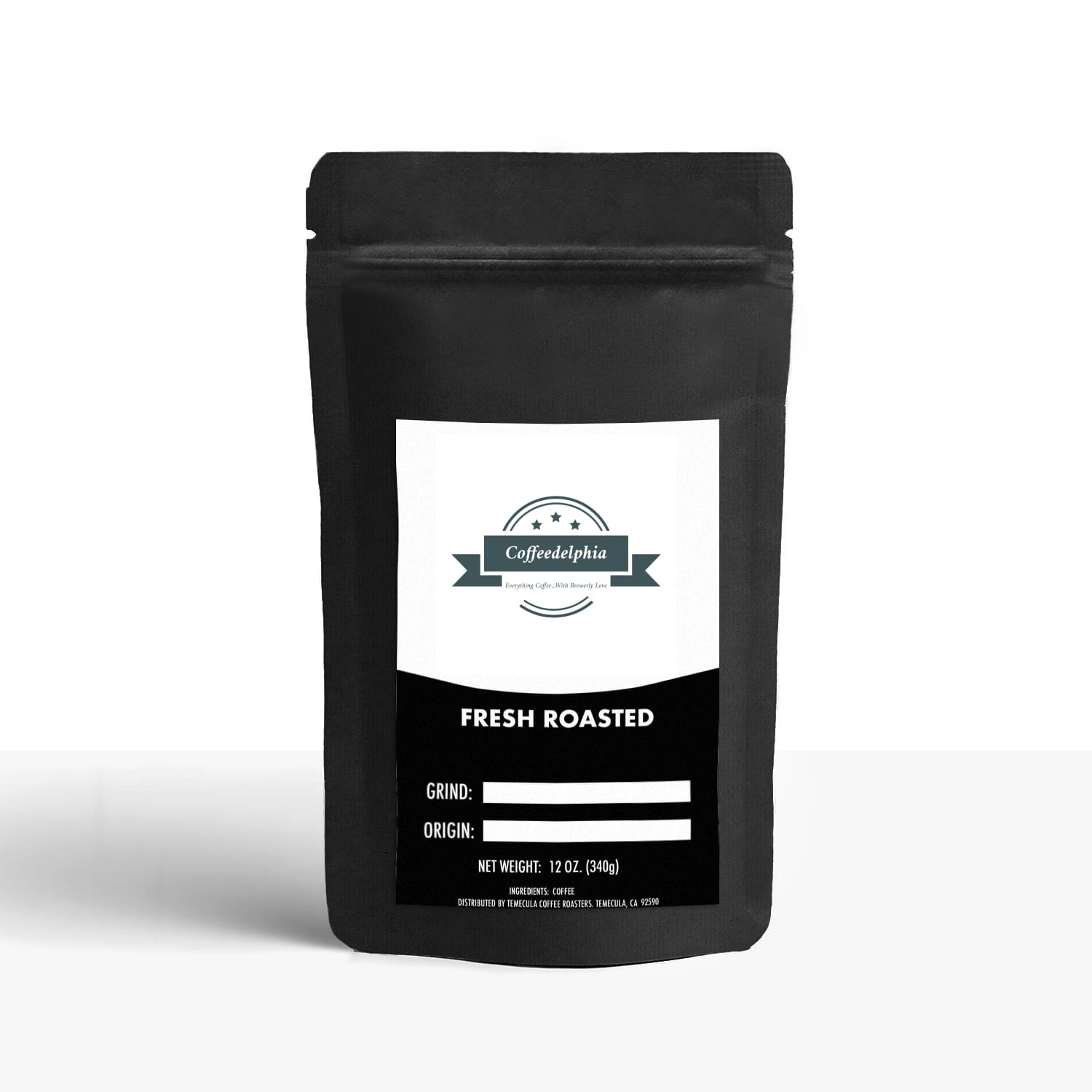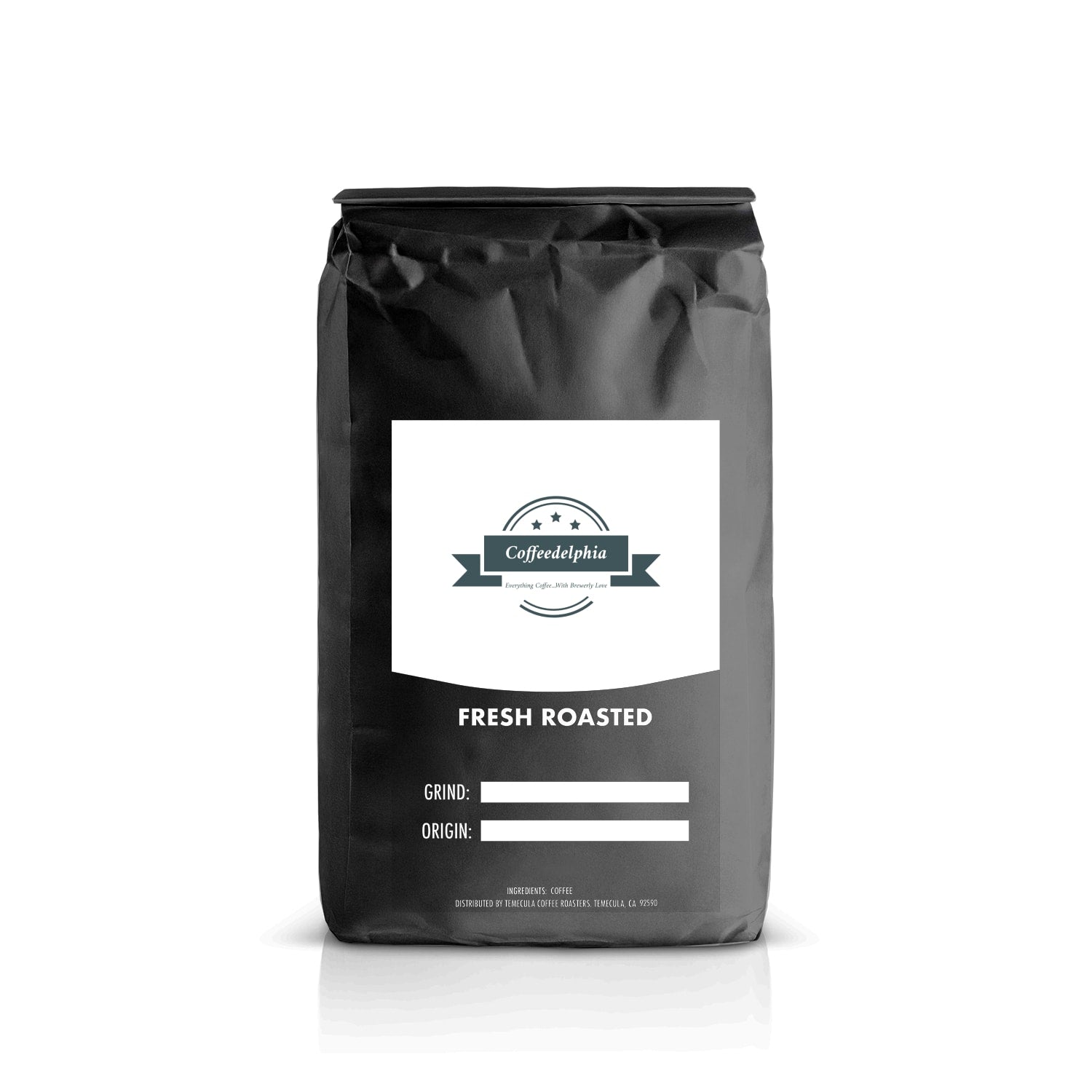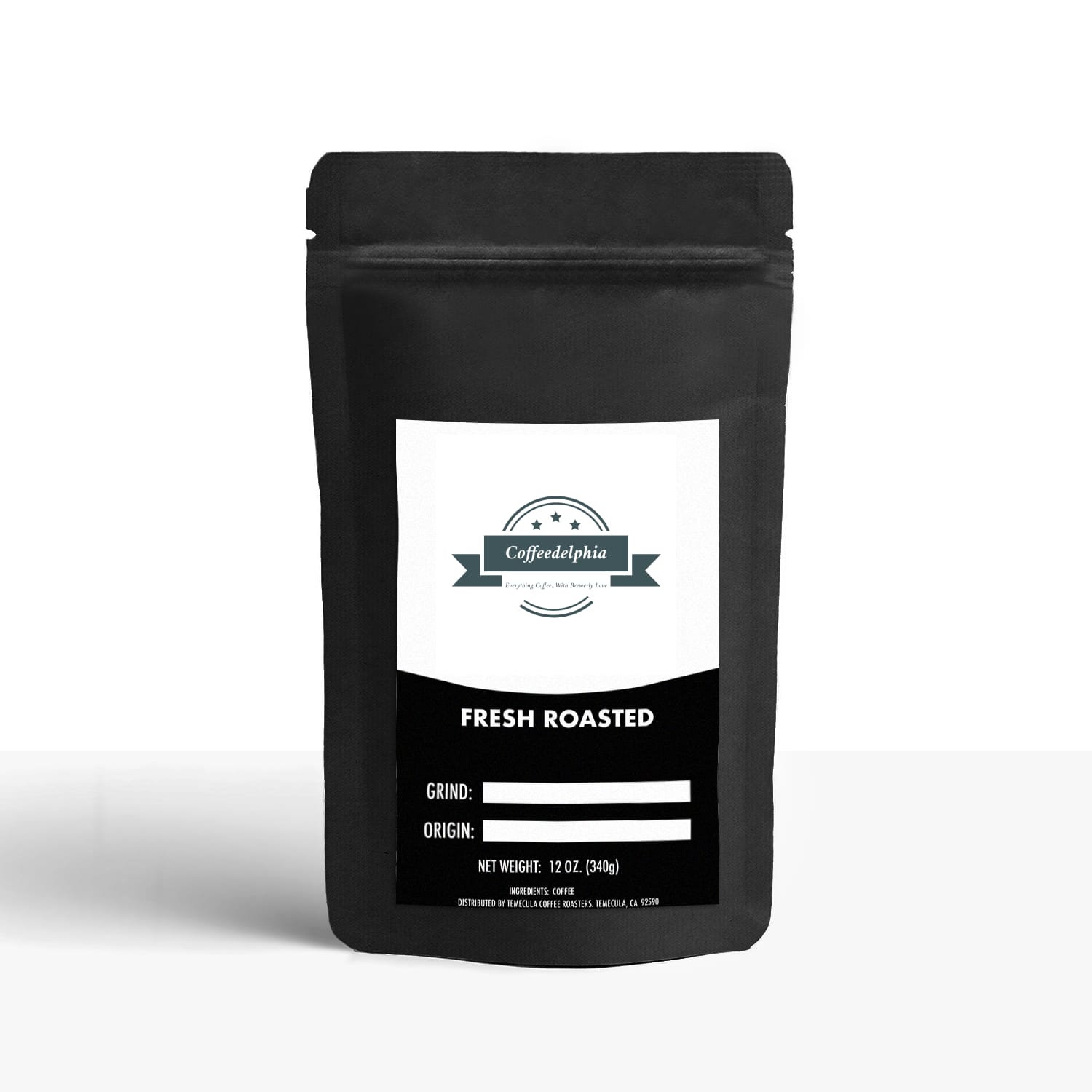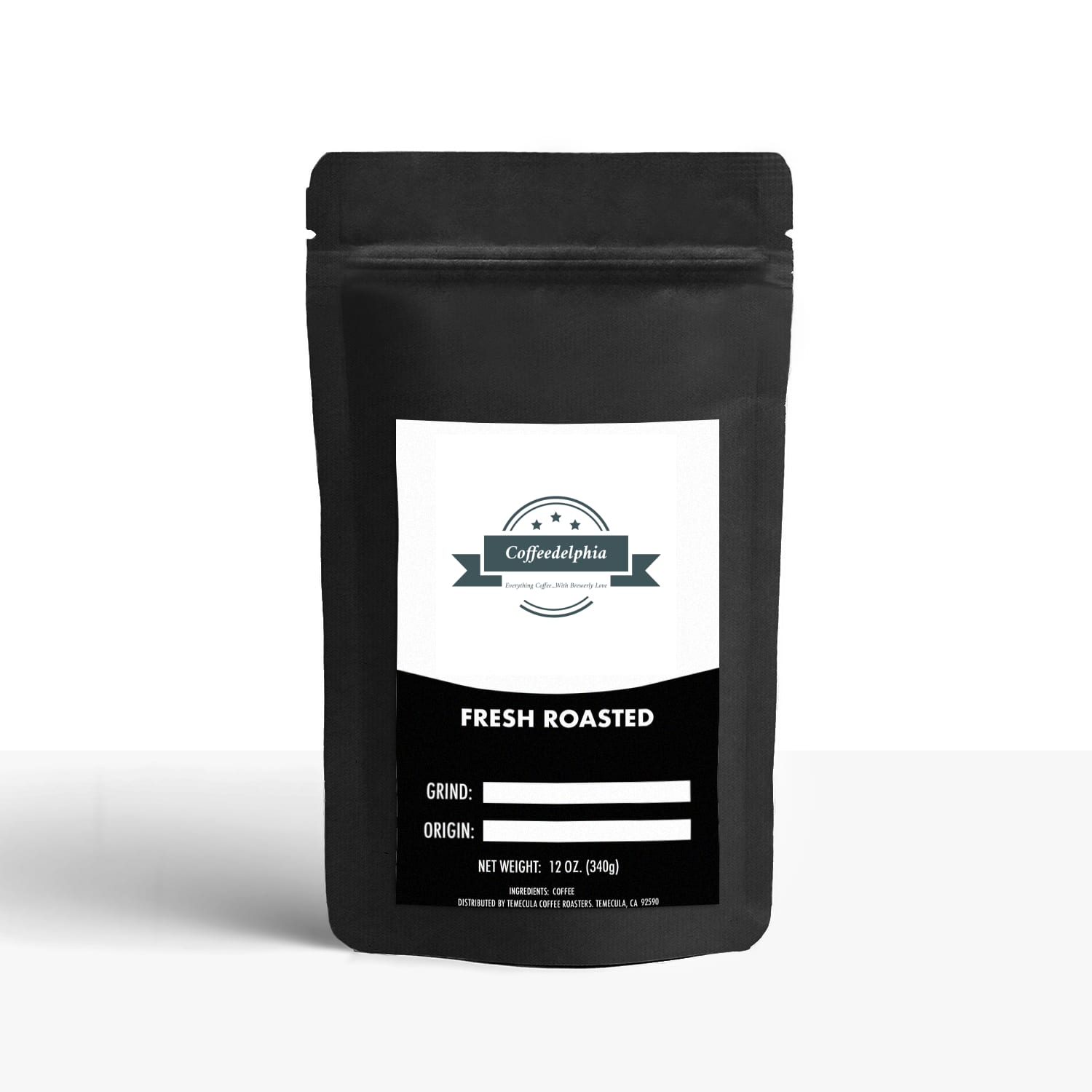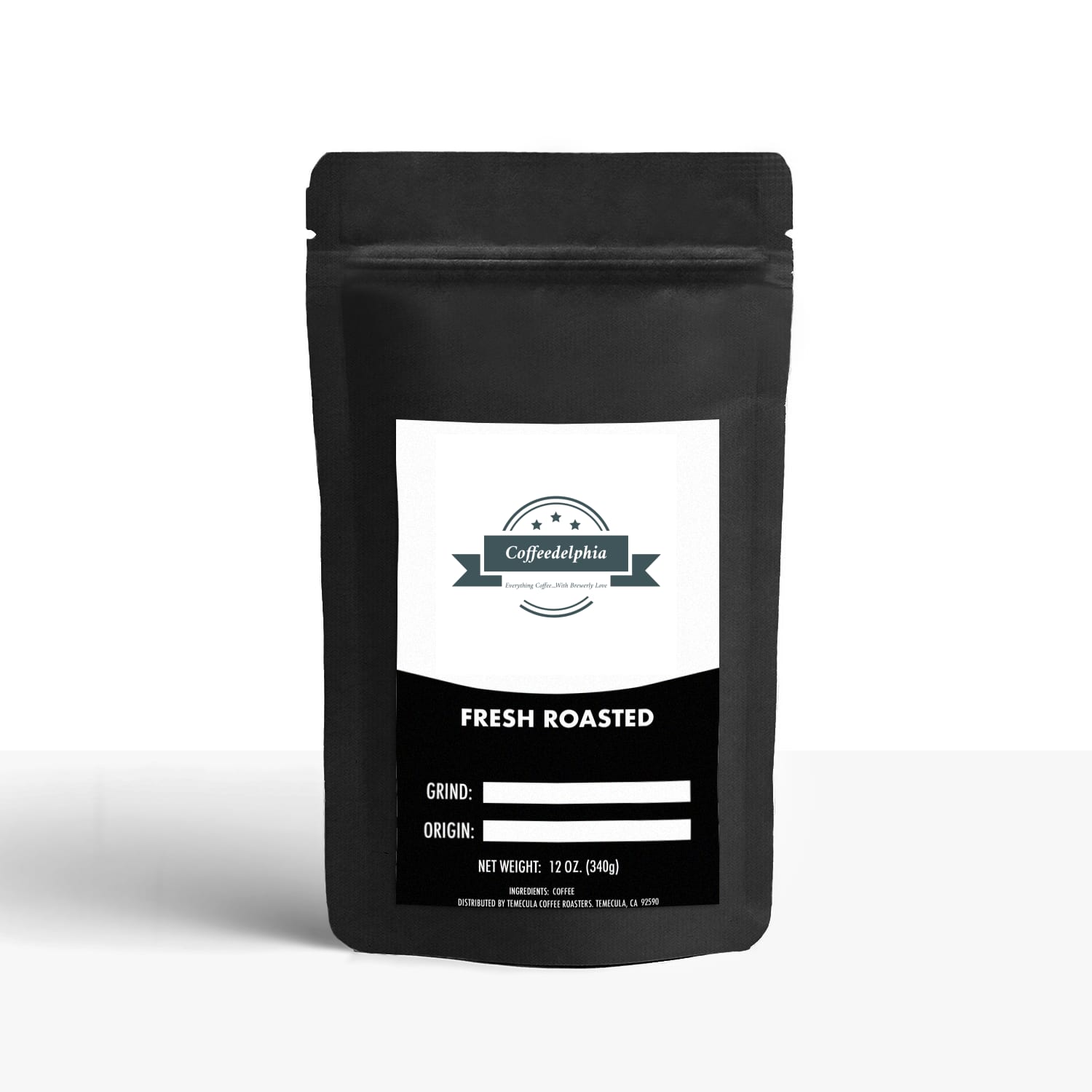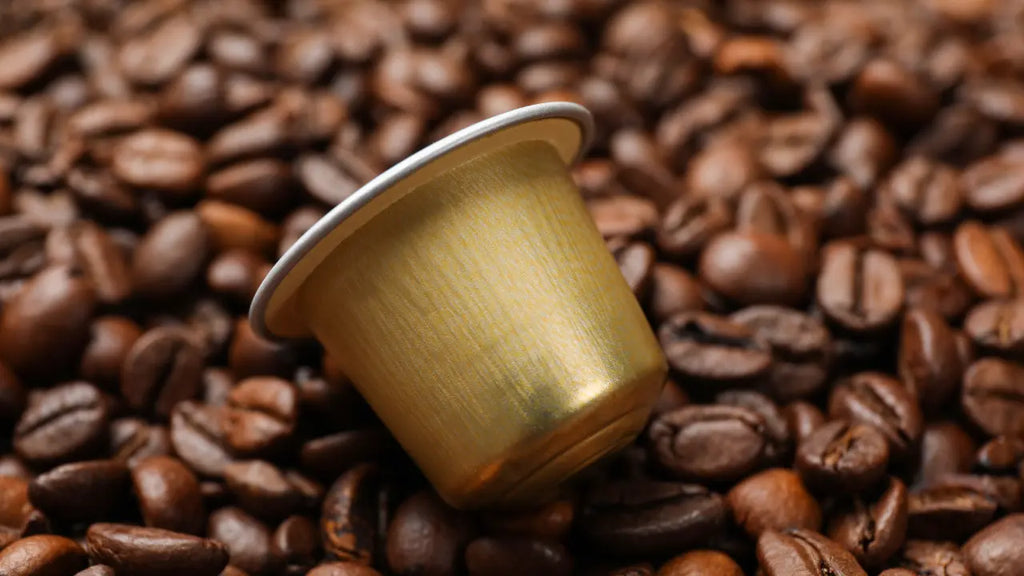
A Guide to the Best Coffee Flavoring

The morning ritual of brewing coffee is a cherished practice for millions. That first warm, aromatic sip can set the tone for the entire day. While a classic black coffee is a powerhouse in its own right, adding a little extra flavor can transform a simple cup into a truly decadent experience. With so many options available, from spices and syrups to extracts and creams, how do you find the perfect addition to your daily brew?
This guide is designed to help you navigate the expansive world of coffee flavorings. We’ll explore the different types of flavorings you can use, from traditional choices like vanilla and caramel to more adventurous options. We'll also touch upon the nuances of single-origin coffees and how their inherent flavor notes can guide your choices. Plus, for those who enjoy other brewed beverages, we'll even take a brief look at the exciting realm of flavored teas. By the end, you'll have a better understanding of how to enhance your coffee to perfectly suit your personal taste.
Understanding Coffee Flavorings
Before you start adding things to your mug, it's helpful to understand the different categories of flavorings. Each type interacts with coffee differently, offering a unique texture and taste profile. Your choice will depend on how much sweetness you want, whether you prefer a creamy texture, and how intense you want the added flavor to be.
Sweet and Simple
Coffee syrups are arguably the most popular way to flavor a drink. They are essentially sugar dissolved in water, infused with natural or artificial flavors. Think of the rows of bottles behind the counter at your favorite café—that's the power of syrup.
-
Classic Flavors: Vanilla, Caramel, and Hazelnut are the undisputed champions of the syrup world. They are versatile, beloved, and pair well with almost any coffee roast. A pump of French vanilla can soften the bitterness of a dark roast, while a drizzle of caramel can add a buttery sweetness.
-
Fruity & Floral: For a more unique twist, consider syrups like raspberry, lavender, or rose. These work particularly well with lighter roasts, especially those from African regions which often have their own fruity or floral notes. An iced latte with a hint of raspberry can be a refreshing summer treat.
-
Seasonal Favorites: Pumpkin spice in the fall, peppermint mocha in the winter—seasonal syrups are a fun way to celebrate the time of year. They evoke a sense of nostalgia and comfort, turning your coffee into a special occasion.
Spices: Aromatic and Natural

If you prefer to add flavor without a lot of extra sugar, spices are an excellent choice. You can add them directly to your coffee grounds before brewing or stir them into your finished cup.
-
Cinnamon: This warm, sweet spice is a classic partner for coffee. It adds a comforting aroma and can help balance the acidity of your brew. For an extra treat, try a cinnamon stick as a stirrer.
-
Nutmeg & Clove: Often used alongside cinnamon, nutmeg adds a slightly sweet, nutty flavor, while cloves provide a pungent, aromatic kick. Together, they create the foundational flavors of many holiday spice blends.
-
Cardamom: A staple in Middle Eastern and Turkish coffee, cardamom has a complex flavor that is citrusy, minty, and spicy all at once. It adds an exotic and sophisticated note to your coffee, especially when paired with a medium roast.
-
Cocoa Powder: For the chocolate lovers, a spoonful of unsweetened cocoa powder can create a rich, satisfying mocha without the sweetness of syrup. It blends best when mixed with a little hot coffee to form a paste before adding the rest of your liquid.
Extracts: Potent and Pure
Extracts, like vanilla or peppermint extract, offer a concentrated burst of flavor without adding sweetness or volume. A little goes a long way, so it's best to start with just a drop or two.
-
Vanilla Extract: A high-quality pure vanilla extract can add a beautiful, aromatic depth that enhances the natural sweetness of the coffee.
-
Almond Extract: This provides a strong, nutty flavor reminiscent of marzipan. It pairs beautifully with medium roasts and a splash of milk.
-
Peppermint Extract: Perfect for creating a refreshing minty coffee, especially during the holidays. It's the key ingredient for a homemade peppermint mocha.
Creamers: Rich and Indulgent
Flavored coffee creamers, whether dairy or plant-based, add both flavor and a rich, creamy texture. They are a simple, all-in-one solution for those who like their coffee sweet and milky.
Brands offer a vast array of the best coffee flavors, from Italian Sweet Crème to Caramel Macchiato. These are perfect for a quick, hassle-free cup when you don’t have time to mix and measure.
How Your Coffee Choice Impacts Flavor

The type of coffee bean you use is the foundation of your drink. Just like different grapes produce different wines, different coffee beans have unique, inherent flavors. Understanding these can help you choose the best coffee flavoring to complement, rather than overpower, your brew. This is where exploring the best single origin coffee becomes a rewarding journey.
A "single-origin" coffee means the beans come from a specific farm, region, or country. This allows you to taste the unique characteristics of that particular "terroir"—the soil, climate, and altitude where the coffee was grown.
A Quick Guide to Single-Origin Flavors:
-
Latin America (e.g., Colombia, Costa Rica): These coffees are often described as clean, balanced, and bright. They typically have notes of nuts, chocolate, and mild citrus. Best Flavor Pairings: Caramel, chocolate, cinnamon, and hazelnut work well to enhance these classic coffee notes.
-
Africa (e.g., Ethiopia, Kenya): African coffees are famous for their vibrant, complex flavor profiles. You'll often find bright acidity with prominent notes of berries, citrus (like lemon or bergamot), and flowers. Best Flavor Pairings: Vanilla can soften the acidity, while fruity syrups like raspberry or even floral notes like lavender can complement the coffee's natural profile.
-
Asia (e.g., Sumatra, Indonesia): Coffees from this region are known for being earthy, full-bodied, and low in acidity. They often have flavors of dark chocolate, spice, and even a hint of smoke. Best Flavor Pairings: Dark chocolate, cloves, and cardamom can highlight the rich, spicy characteristics of these beans.
By starting with the best single origin coffee you can find, you give yourself a more interesting and complex canvas to work with. You might even find that a high-quality coffee from Ethiopia, with its blueberry notes, needs no flavoring at all.
Don't Forget About Tea
While this guide focuses on coffee, the world of flavored beverages doesn't stop there. The principles of adding flavor can be applied to other drinks, most notably tea. Flavored teas have been enjoyed for centuries and offer an incredible spectrum of tastes.
Like coffee, the base tea leaf (black, green, white, or oolong) has its own distinct profile. Flavor is then added through a variety of methods, including blending with spices, flowers, and fruits, or by adding extracts and oils.
-
Classic Flavored Teas: Earl Grey (black tea with bergamot oil) and Jasmine Green Tea (green tea scented with jasmine blossoms) are two timeless examples.
-
Chai: This is a blend of black tea with a mixture of aromatic Indian spices and herbs, such as cinnamon, cardamom, cloves, and ginger. It's a bold and warming drink that's delicious on its own or with milk and sweetener.
-
Fruity Blends: Herbal and fruit teas, often caffeine-free, come in countless combinations like raspberry, lemon-ginger, and peach. They are a great way to enjoy a warm, flavorful beverage at any time of day.
Finding Your Perfect Brew

The journey to discovering the best coffee flavoring is a personal one. There are no right or wrong answers—only what tastes good to you. The key is to be curious and experiment. Start with a quality coffee bean, consider its natural flavor profile, and then begin exploring the vast world of syrups, spices, and extracts.
Don't be afraid to try something new. Maybe you'll find that a dash of cardamom in your morning espresso is the perfect pick-me-up, or that a lavender iced latte becomes your new summer obsession. By paying attention to the aromas and tastes, you’ll not only create delicious drinks but also deepen your appreciation for the complex and wonderful world of coffee.



